These are the most iconic cakes and desserts around the world: how many have you tried?
Pick a country, grab some friends, and bake your way around the world... one iconic dessert at a time!
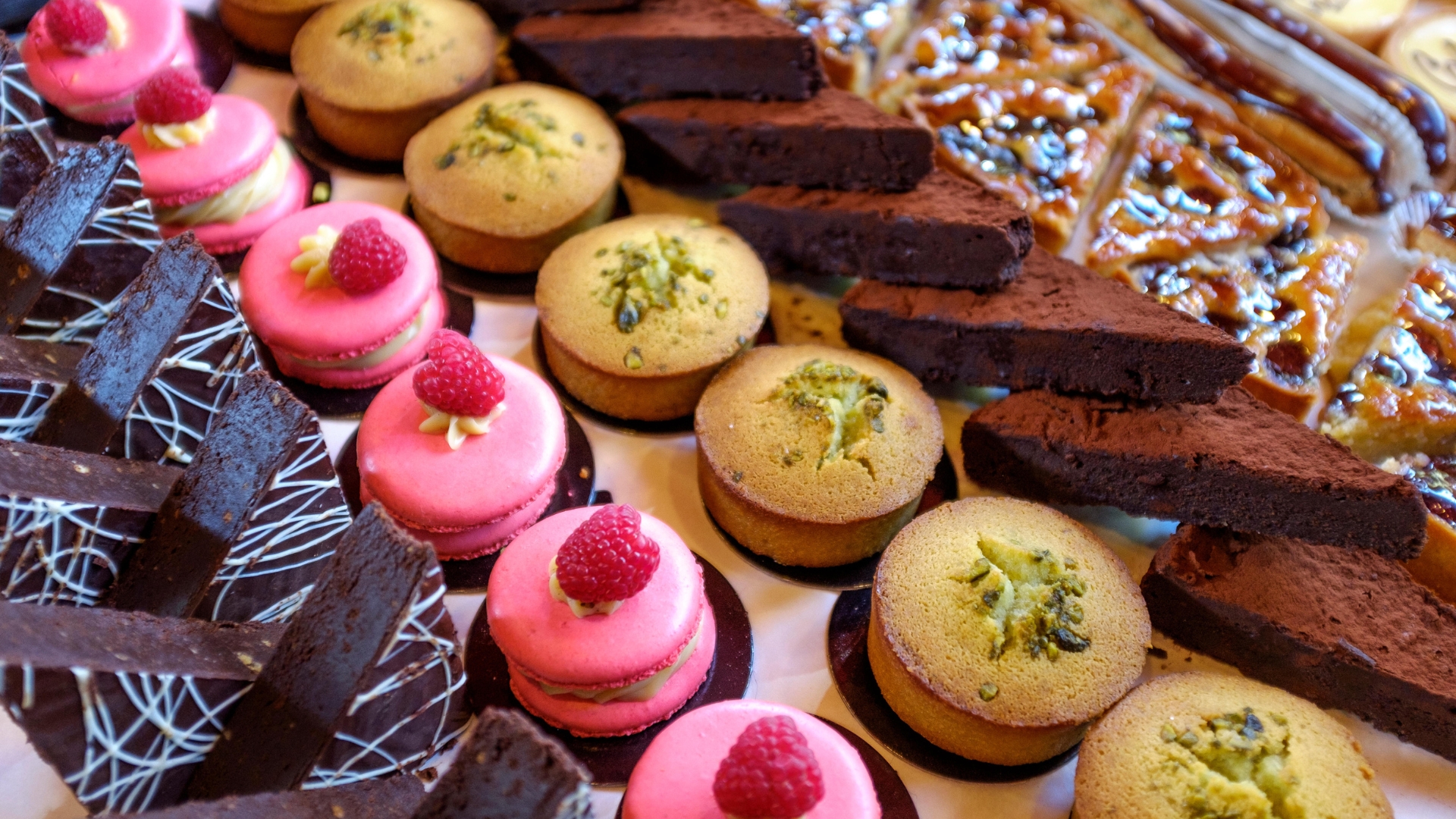

From buttery Viennese layers to syrup-soaked Middle Eastern treats, every country has its own sweet showstopper... the cake or pudding that says this is who we are!
Whether you're a fan of flaky pastry, glossy ganache, or fruity sponge, this delicious journey through the world's most iconic desserts will whet your appetite for something new.
Why not plan a patisserie outing with friends or host a bake-off where everyone brings a classic from a different country? After all, there’s no better way to travel than by dessert!
Most iconic cakes around the world
Finland, Runeberg Torte
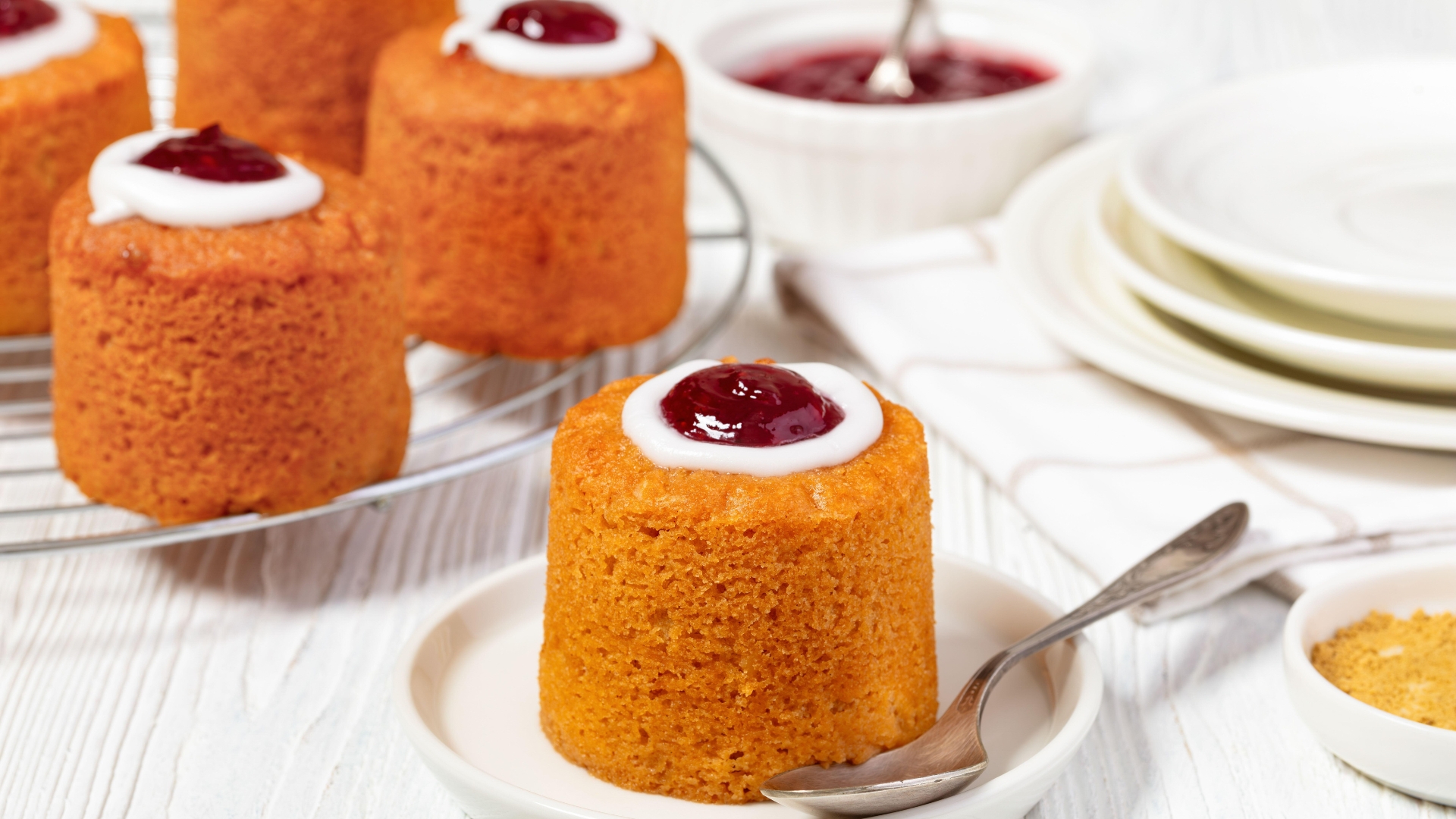
If you've never tried Finland’s most iconic dessert, the Runeberg Torte, you're missing out! These small, cylindrical spiced almond cakes, moistened with rum or punch syrup and topped with raspberry jam and a ring of icing, are named after Finnish poet Johan Ludvig Runeberg and are believed to have been created by his wife, Fredrika.
Traditionally served on Runeberg's birthday, February 5th, they begin appearing in Finnish bakeries from early January through to the celebration, with some cafés even offering them year‑round. Other Finnish favourites include pulla (cardamom buns), mustikkapiirakka (blueberry pie), and laskiaispulla (cream‑filled buns enjoyed in the run‑up to Lent).
Bulgaria, Garash cake
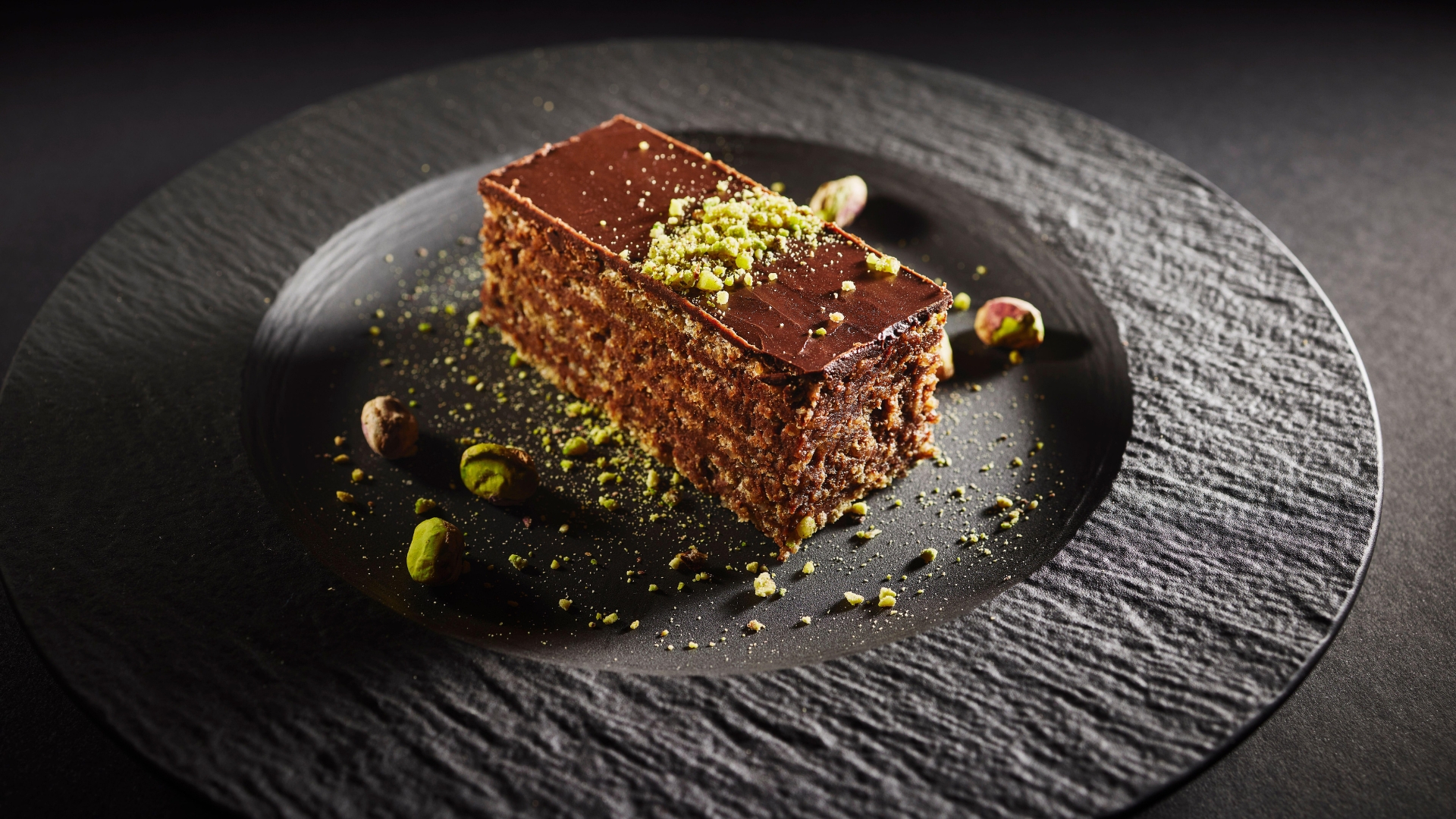
If you’re partial to rich, elegant, chocolate-packed desserts, then Garash cake is a must-try. Invented in 1885 by Hungarian chef Károly Garash at the Grand Hotel Sofia, it has been fully embraced by Bulgaria, where it remains a patisserie staple and a source of national pride.
Made from flourless walnut meringue layers sandwiched with dark chocolate ganache and finished with a glossy chocolate glaze, it’s intensely decadent, often served in thin slices, and still found in traditional cafés across the country today. Equally beloved are tikvenik (a filo-wrapped pumpkin-and-walnut strudel sweetened with sugar and cinnamon), mekitsi (deep-fried dough rounds often served with jam, honey, or yoghurt), orizov pudding (creamy vanilla rice pudding), and sweet versions of banitsa (filled with pumpkin, apple, or sweet cheese).
Sign up to our free daily email for the latest royal and entertainment news, interesting opinion, expert advice on styling and beauty trends, and no-nonsense guides to the health and wellness questions you want answered.
Spain, Tarta de Santiago
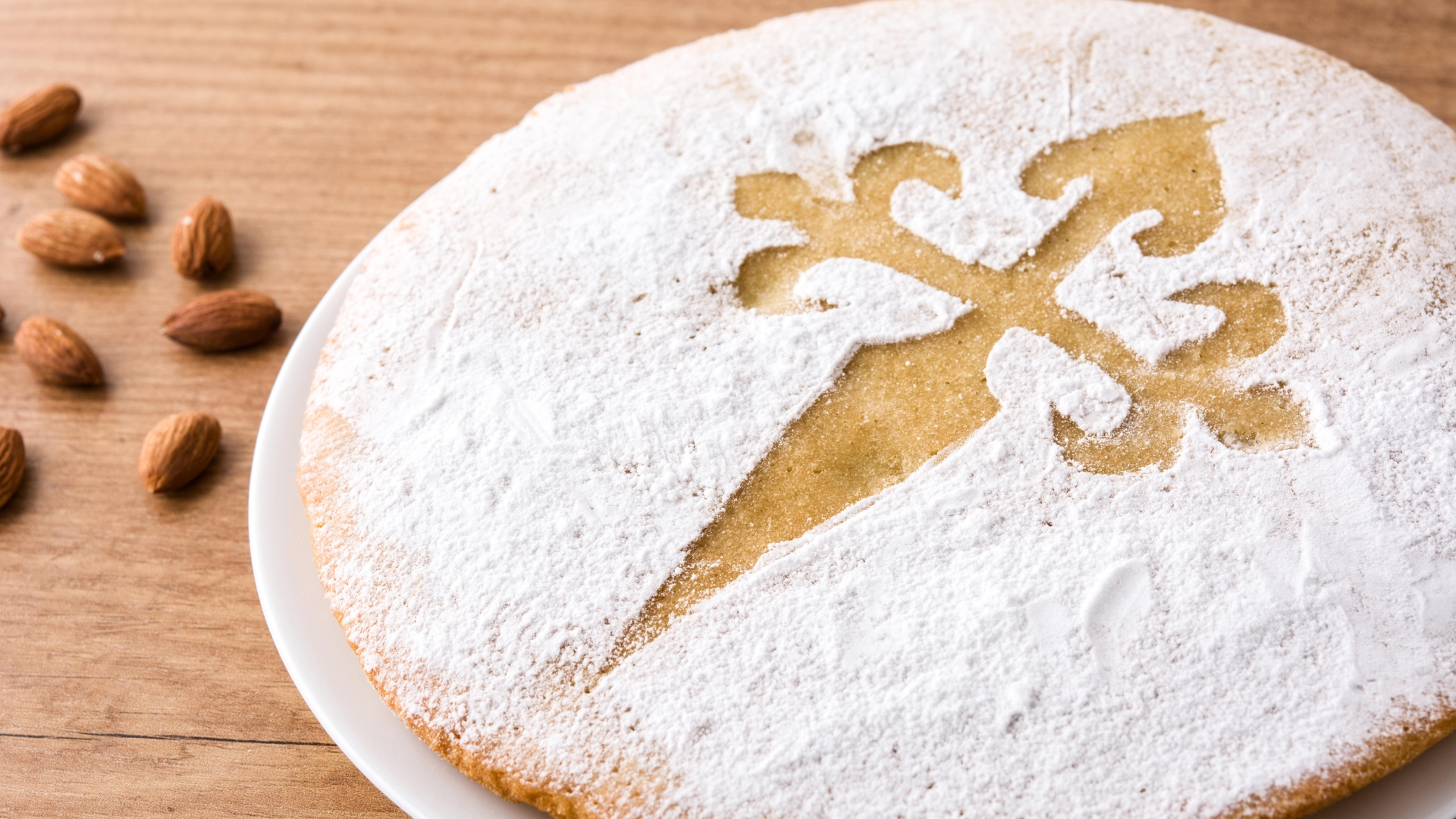
Tarta de Santiago, a centuries-old almond cake from Galicia, is topped with a powdered sugar stencil of the Cross of Saint James, symbolising the Camino pilgrimage, and is widely regarded as Spain’s most iconic cake.
Naturally gluten-free, it’s made with ground almonds, eggs, sugar, and often flavoured with lemon zest or cinnamon. It even enjoys Protected Geographical Indication (PGI) status, meaning only cakes made in Galicia using the traditional method can bear the name. While they may not have the same official recognition, other beloved Spanish desserts like crema Catalana (Spain’s citrus-scented take on crème brûlée), churros, and flan are also enjoyed not just across the Mediterranean country but around the world.
Indonesia, Kue Lapis
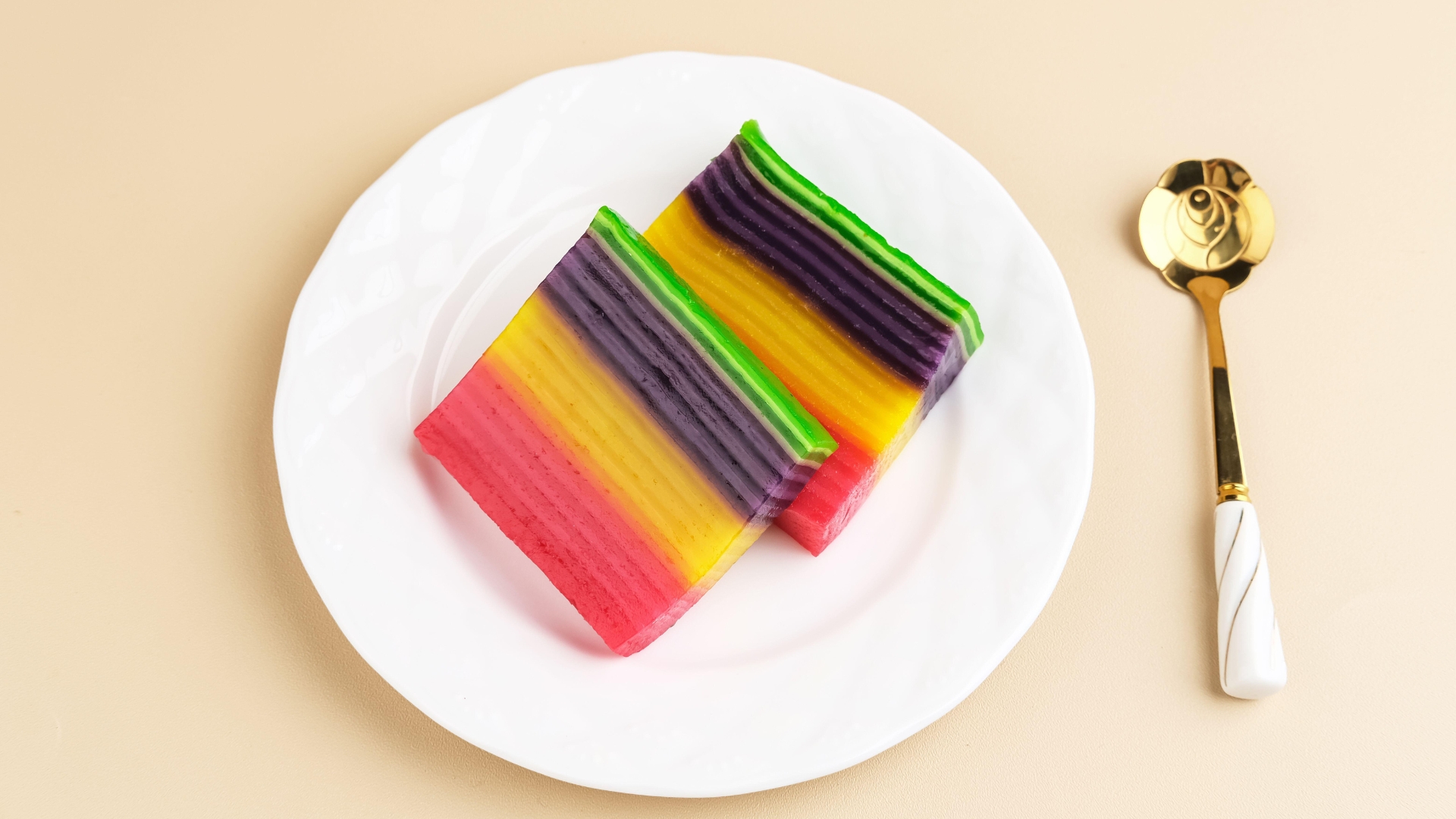
If Indonesia were to choose just one iconic dessert, surely it would be kue lapis, a colourful, steamed layer cake made from rice flour, coconut milk, sugar, and vibrant food colouring. Known for its soft, chewy texture and rainbow-like stripes, this nostalgic treat is patiently steamed one layer at a time, symbolising joy, celebration, and upward progress.
While versions of layered cakes exist across Southeast Asia, kue lapis is proudly Indonesian in name, ingredients, and origin. Honourable mentions go to lapis legit (a rich, spiced baked version), klepon (glutinous rice balls filled with molten palm sugar), es cendol (a coconut milk and pandan jelly dessert-drink), and dadar gulung (bright green pandan crêpes filled with sweet coconut).
Germany, Black Forest Gateau
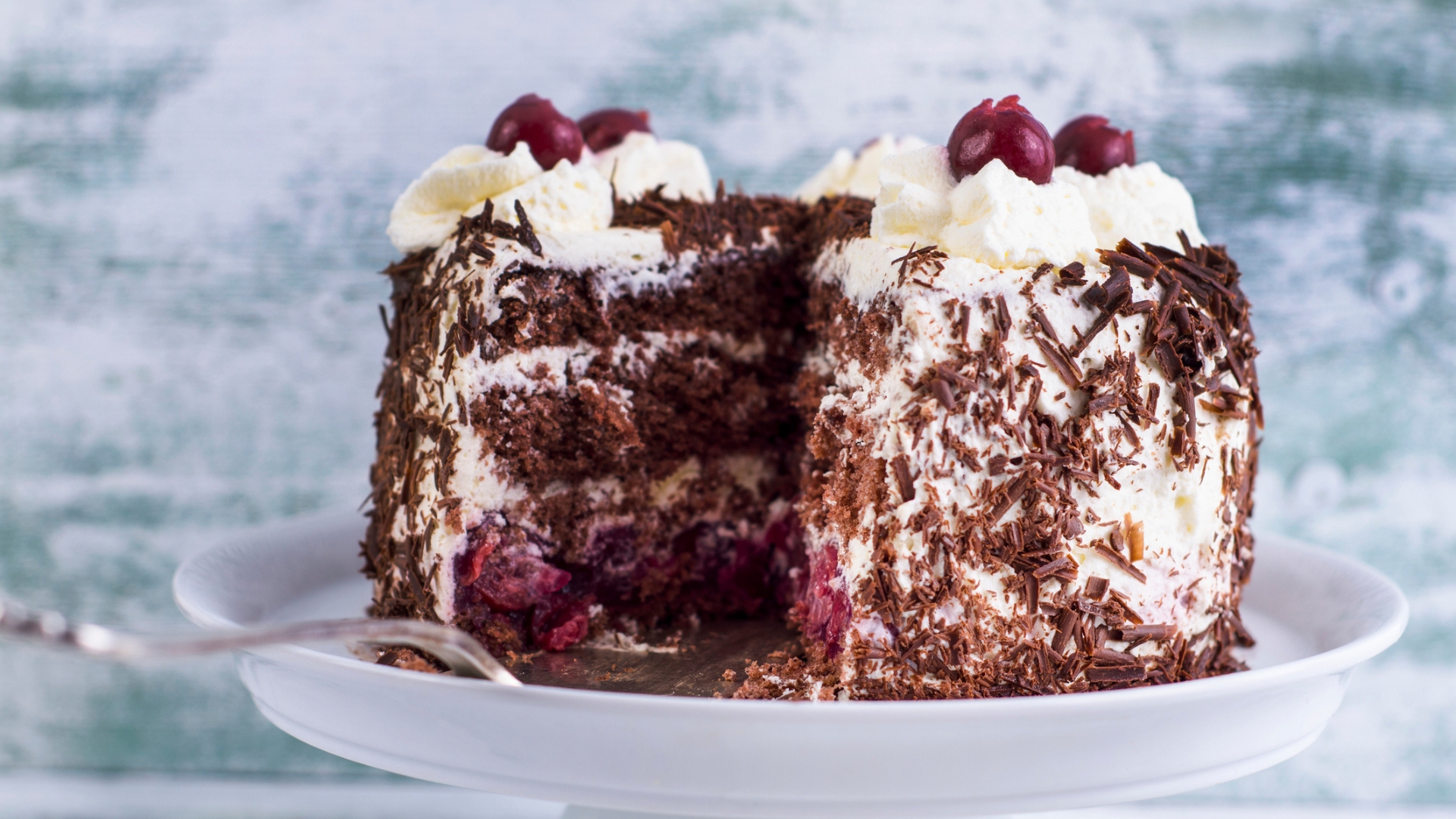
Think Germany’s most iconic cake and surely there's only one that we’re all thinking about: Black Forest Gateau. Named after the Black Forest region, famed for its sour cherries and cherry brandy (kirsch), this deliciously indulgent cake unites layers of chocolate sponge with whipped cream, cherries, and a generous splash of kirsch, topped with dark chocolate shavings.
Though similar cakes existed earlier, the modern version is believed to have originated in the 1930s and remains a favourite today, across Germany and beyond. But there are many other classic bakes we have Germany to thank for: Bienenstich (Bee Sting Cake, a caramelised almond topped cake with custard or cream filling), Streuselkuchen (also known as crumb cake thanks to its buttery crumb topping), layered Baumkuchen (a spit-baked “tree cake” with concentric rings), and of course Stollen, (the marzipan-stuffed Christmas loaf dusted in icing sugar).
Philippines, Halo-Halo
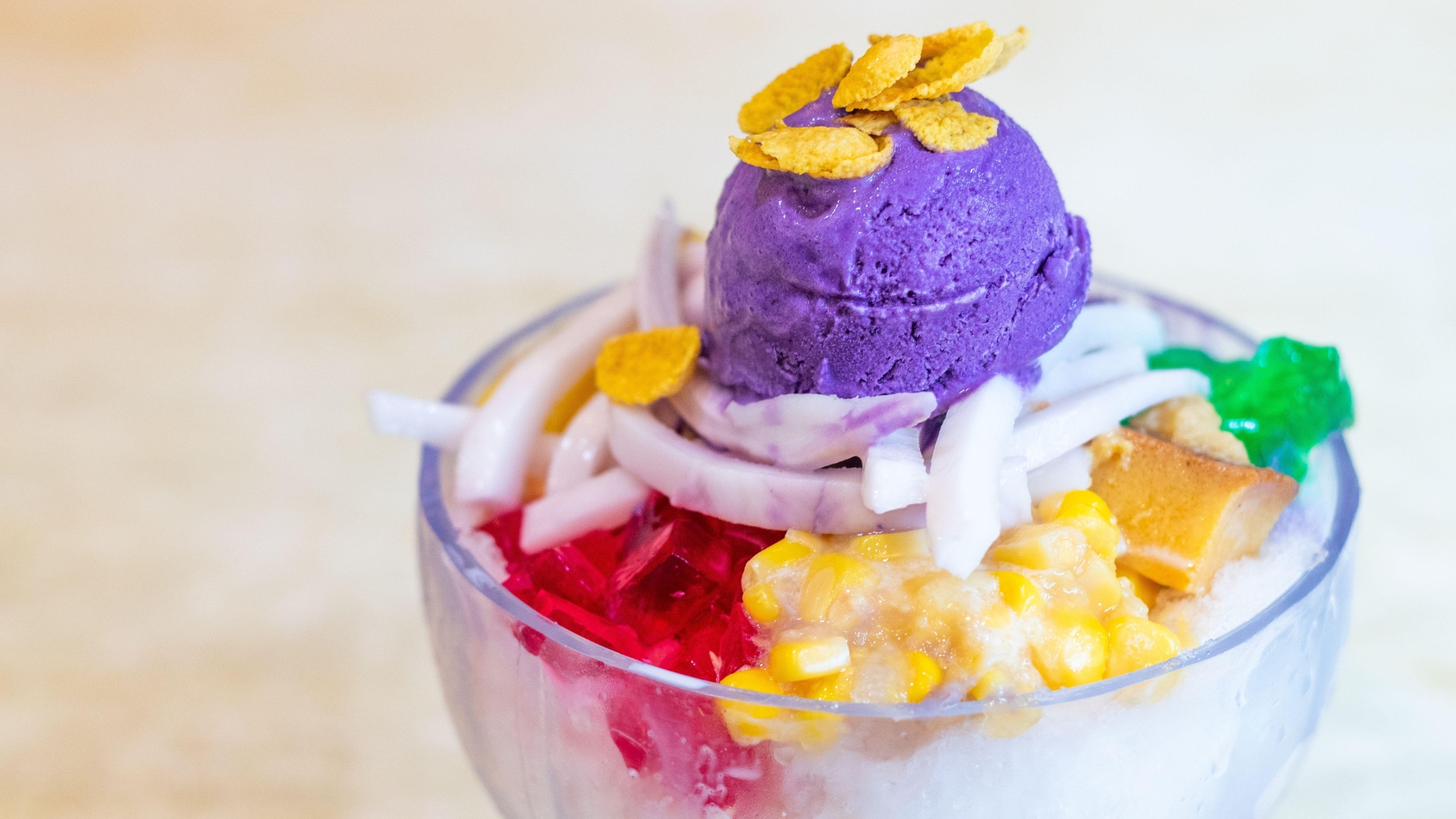
Halo-halo may look light and sound innocent, but make no mistake, this beloved Filipino dessert is a full-on sugar celebration! A vibrant, cooling medley of shaved ice, sweetened beans, jellies, fruits, leche flan, and ube ice cream, it’s a riot of flavour, texture, and colour.
Meaning “mix-mix” in Tagalog, halo-halo symbolises the Philippines’ rich cultural roots and is served everywhere from street stalls to fine dining restaurants. While ube (purple yam) is a favourite flavour in Filipino sweet treats, especially in the vivid ube cake (a sponge often filled with ube halaya, purple yam jam) other homegrown desserts are more than just note-worthy too, like the cassava cake (dense, chewy, and coconut-rich), bibingka (a baked rice cake cooked in banana leaves, often with salted egg and cheese), puto (steamed rice muffins), taisan (a fluffy loaf cake with sugar and cheese), and pianono (a Filipino Swiss roll filled with butter, sugar, or ube).
Sweden, Prinsesstårta (Princess cake)
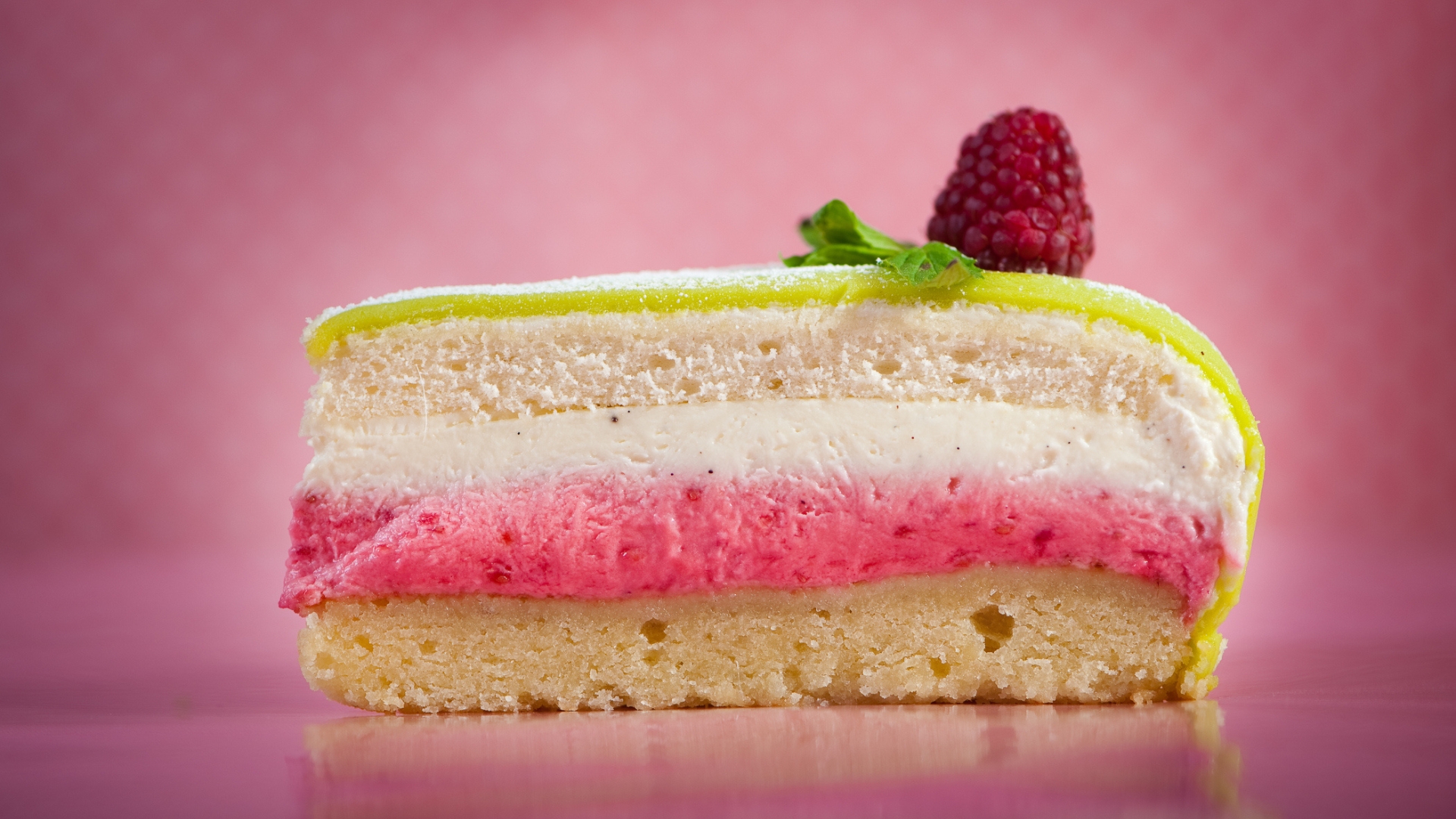
With a name like Prinsesstårta (Princess Cake), it has to be the nation’s reigning bake. Typically pastel green and topped with a pink sugar rose, this showstopper consists of layers of light sponge, vanilla custard, raspberry jam, and whipped cream, all wrapped in a smooth dome of marzipan.
But there are more Swedish cakes worthy of royalty, including kladdkaka (a dense, gooey chocolate cake with a crisp top), semla (cardamom buns filled with almond paste and whipped cream), kanelbullar (cinnamon buns), napoleonbakelse (a custard slice layered with jam and puff pastry), våfflor (thin, heart-shaped waffles), and jordgubbstårta (strawberry cream cake, a Midsummer staple).
Brazil, Bolo de rolo
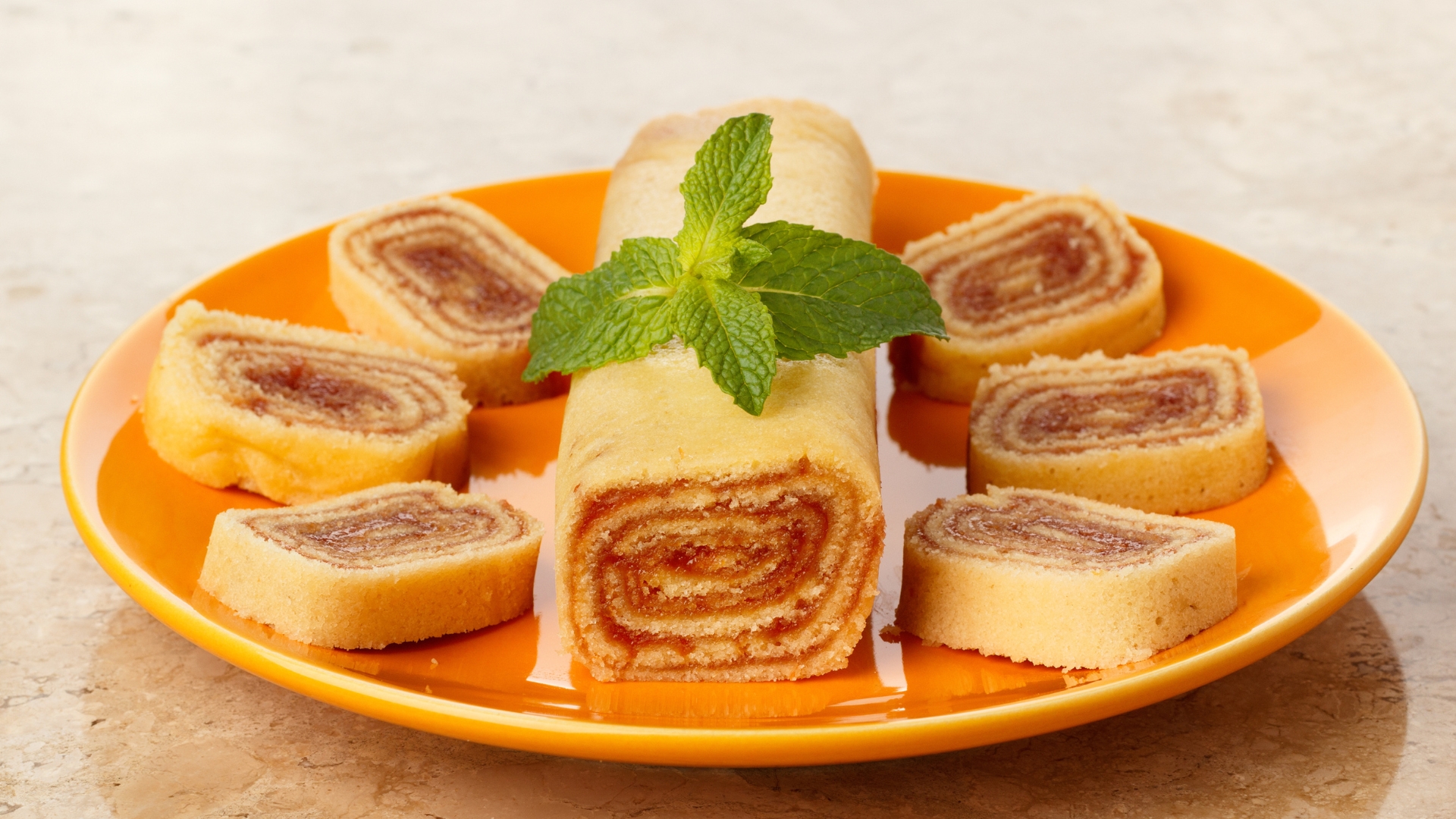
As is the case with many countries, Brazil’s top dessert spot is hotly contested by at least two iconic contenders. But taking the crown here is bolo de rolo, a beloved, thinly rolled sponge cake layered with sweet guava jam. Considered Brazil’s closest equivalent to a national cake, it was declared an intangible cultural heritage of Pernambuco by state law in 2008.
Running a close second is bolo de brigadeiro, a rich chocolate cake topped with the country’s signature brigadeiro fudge balls. Other classics on the Brazilian dessert table include bolo de cenoura (a moist carrot cake drizzled with glossy chocolate glaze), quindim (a bright dome of yellow coconut and egg yolk custard with a glossy top), canjica de milho (a comforting corn and milk pudding), and pudim (Brazil’s creamy, caramel-soaked answer to flan).
China, Mooncakes
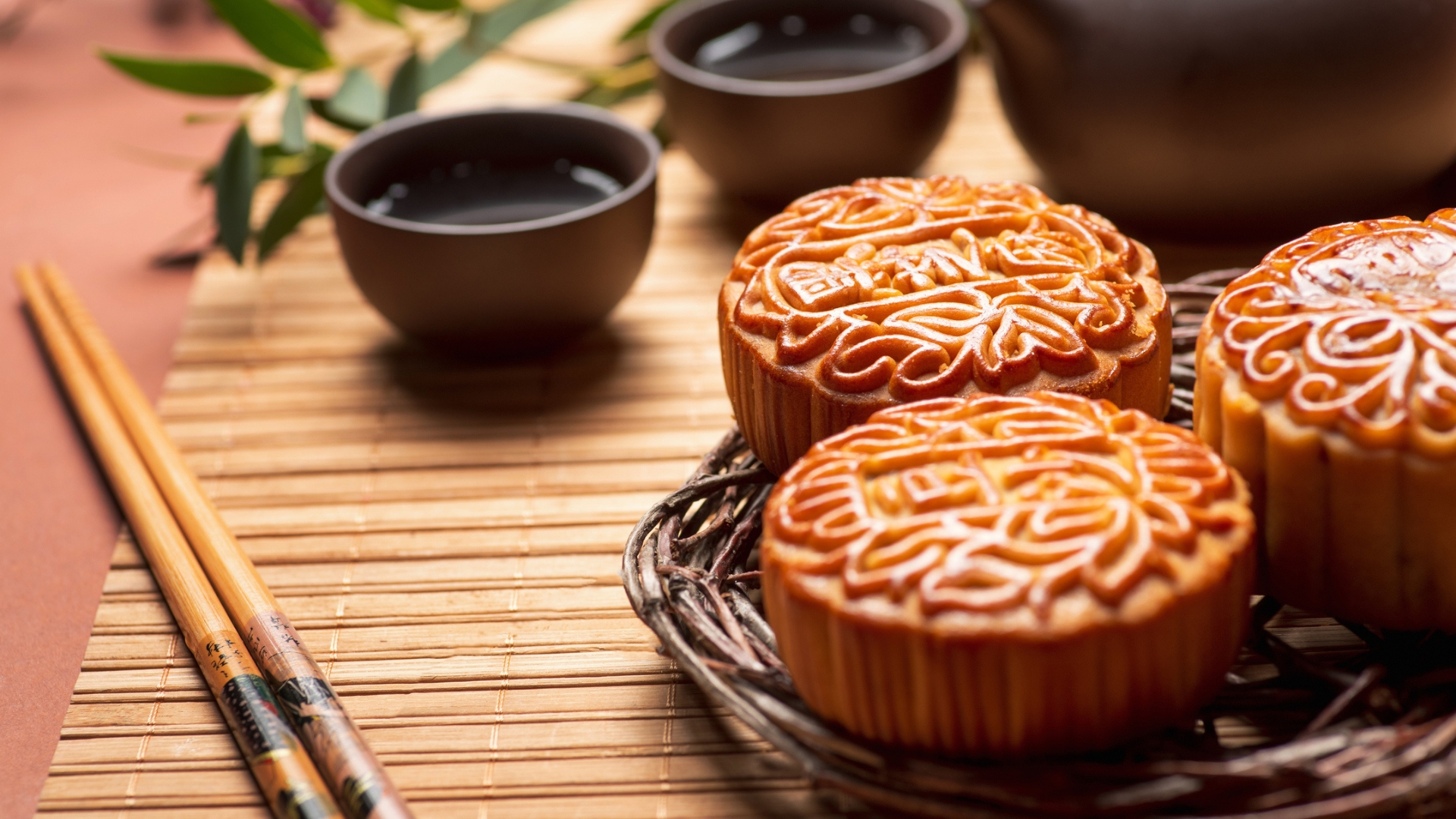
Rich, round, and deeply symbolic, mooncakes (yuèbǐng) are traditionally eaten and gifted during the Mid-Autumn Festival to honour the full moon and celebrate family unity. But more than a treat, they’re a tradition, a cultural classic that more than earns its place as China’s most iconic cake.
Classic versions are filled with lotus seed paste and salted egg yolk, though fillings like red bean, black sesame, and mixed nuts are also popular. Each cake is typically stamped with Chinese characters symbolising harmony, longevity, or prosperity. Other beloved Chinese desserts include tangyuan (glutinous rice balls in sweet syrup), jian dui (crispy sesame-coated balls with sweet fillings), nian gao (a chewy New Year rice cake), and red bean soup.
Hungary, Dobos Cake
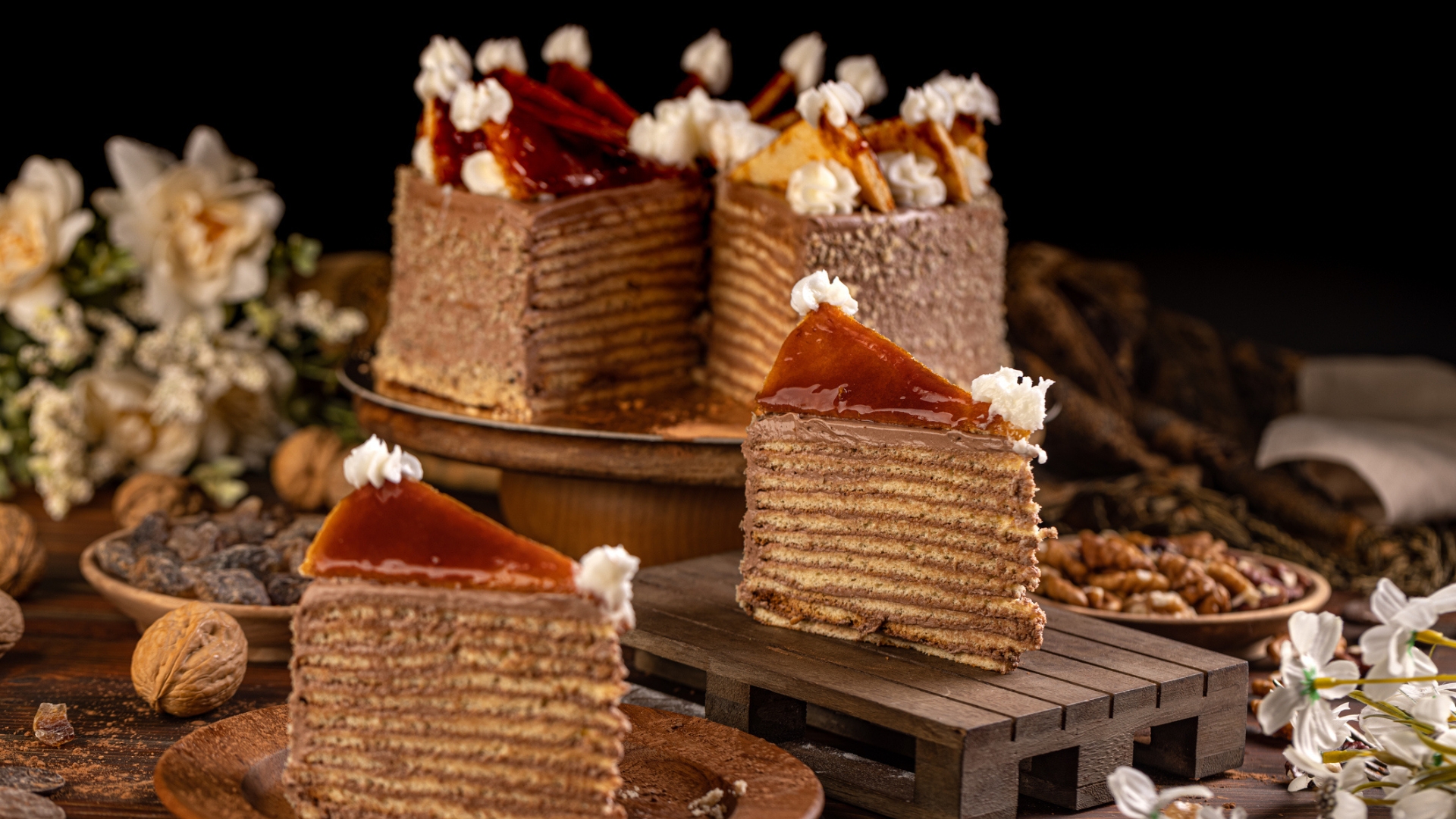
The Hungarian icon that is Dobostorta (Dobos cake) is an elegant layered dessert featuring thin tiers of sponge, rich chocolate buttercream, and a signature, glossy, hard caramel top, designed to help it stay moist. It was created by renowned chef József C. Dobos in 1885 and debuted at the National General Exhibition of Budapest.
With its focus on precision and striking presentation, it remains a symbol of old-world patisserie, but other beloved Hungarian desserts include kürtőskalács (or chimney cakes, a spiral pastry baked over an open flame, rolled in sugar or nuts, and sometimes filled with ice cream or dipped in sauces), palacsinta (thin crêpes filled with sweet or savoury fillings), and somlói galuska (a decadent trifle of sponge cake, pastry cream, chocolate sauce, and whipped cream).
India, Gulab Jamun
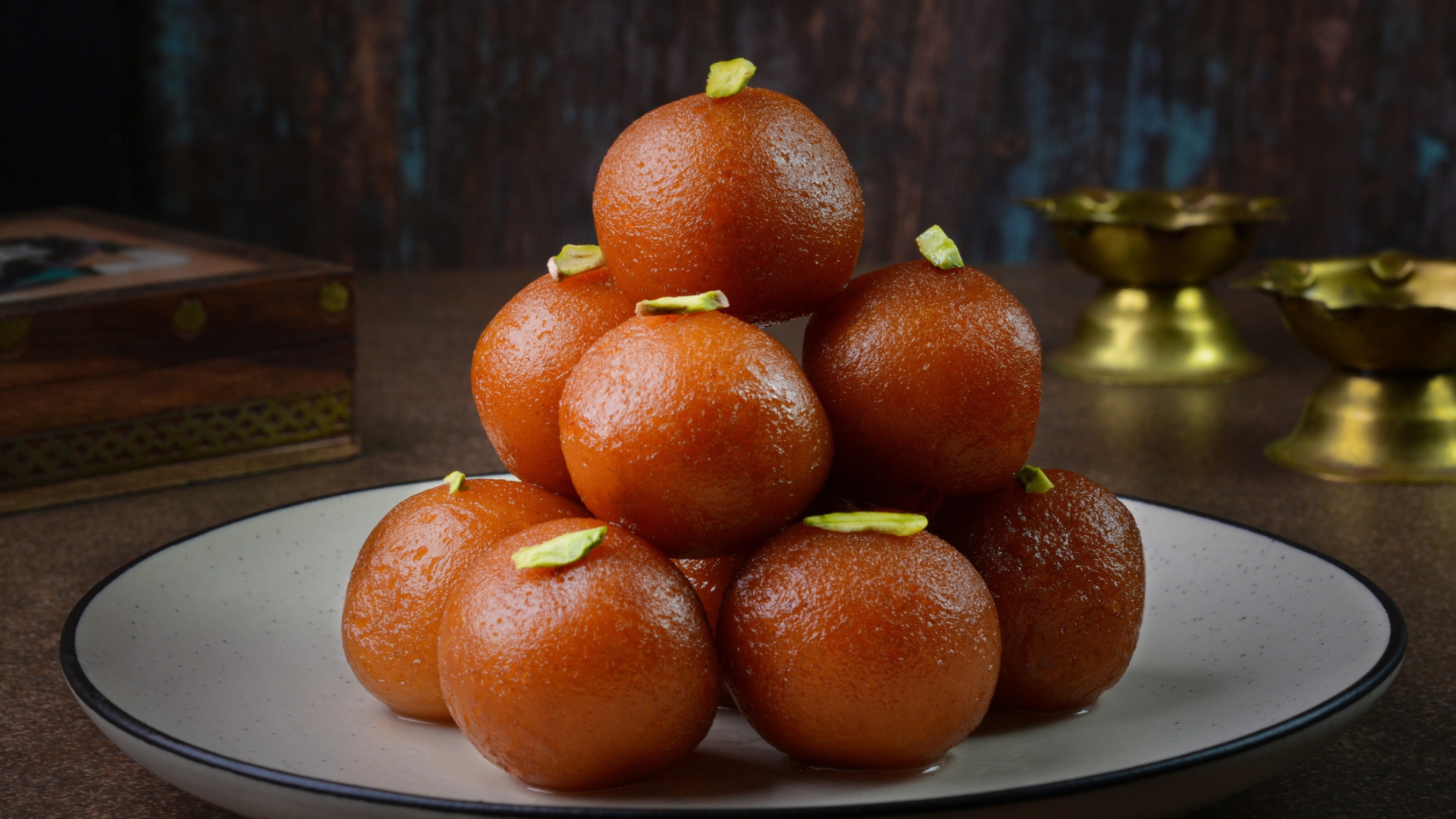
Soft, syrup-soaked dumplings made from khoya (thickened milk), deep-fried until golden, and steeped in sugar syrup flavoured with cardamom, rose water, or saffron... what’s not to love?! India’s gulab jamun is rich, aromatic, and universally adored, and an absolute must at weddings, festivals, and family feasts across the country.
Other standout desserts include gajar halwa (a slow-cooked carrot pudding with ghee, milk, and sugar), mishti doi (a sweetened, set yoghurt from Bengal), aamras (mango purée traditionally served with puri), and bebinca (a layered coconut and egg dessert).
Austria, Sachertorte
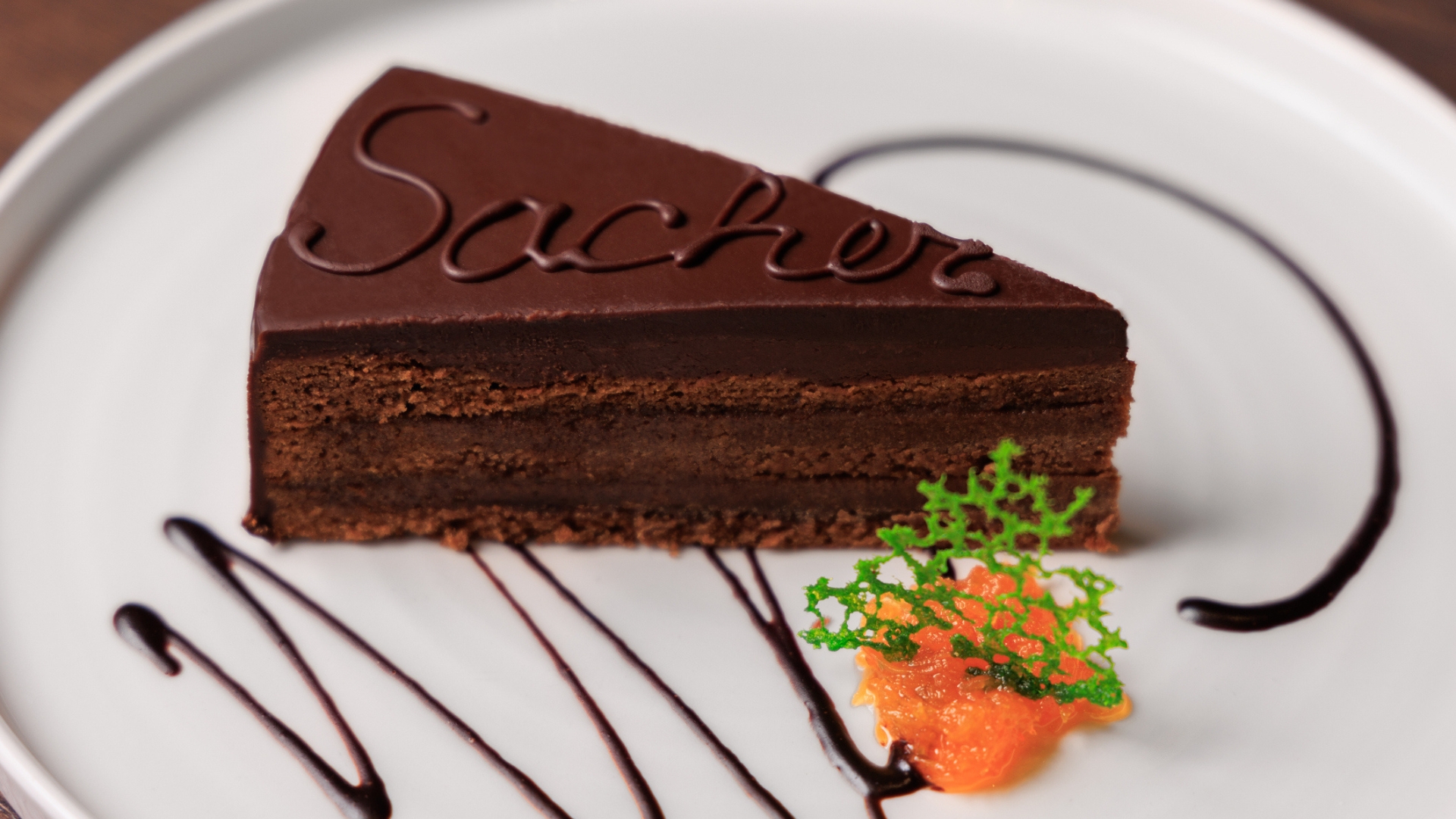
Sachertorte is surely the crown jewel of Austrian desserts. Created in 1832 by apprentice chef Franz Sacher, and now synonymous with Vienna’s iconic Hotel Sacher, this rich chocolate cake with apricot jam and glossy ganache has become a global favourite. But it's far from alone.
Apfelstrudel (apple strudel), with its crisp pastry layers enveloping spiced apple filling, is practically Austria’s national dessert, while delights like Kaiserschmarrn (a fluffy, shredded pancake), Esterházy Torte (a layered, nutty indulgence), and the dreamy, meringue-based Kardinalschnitte (Cardinal Slice) show just how seriously Austria takes its desserts.
United States, Apple Pie
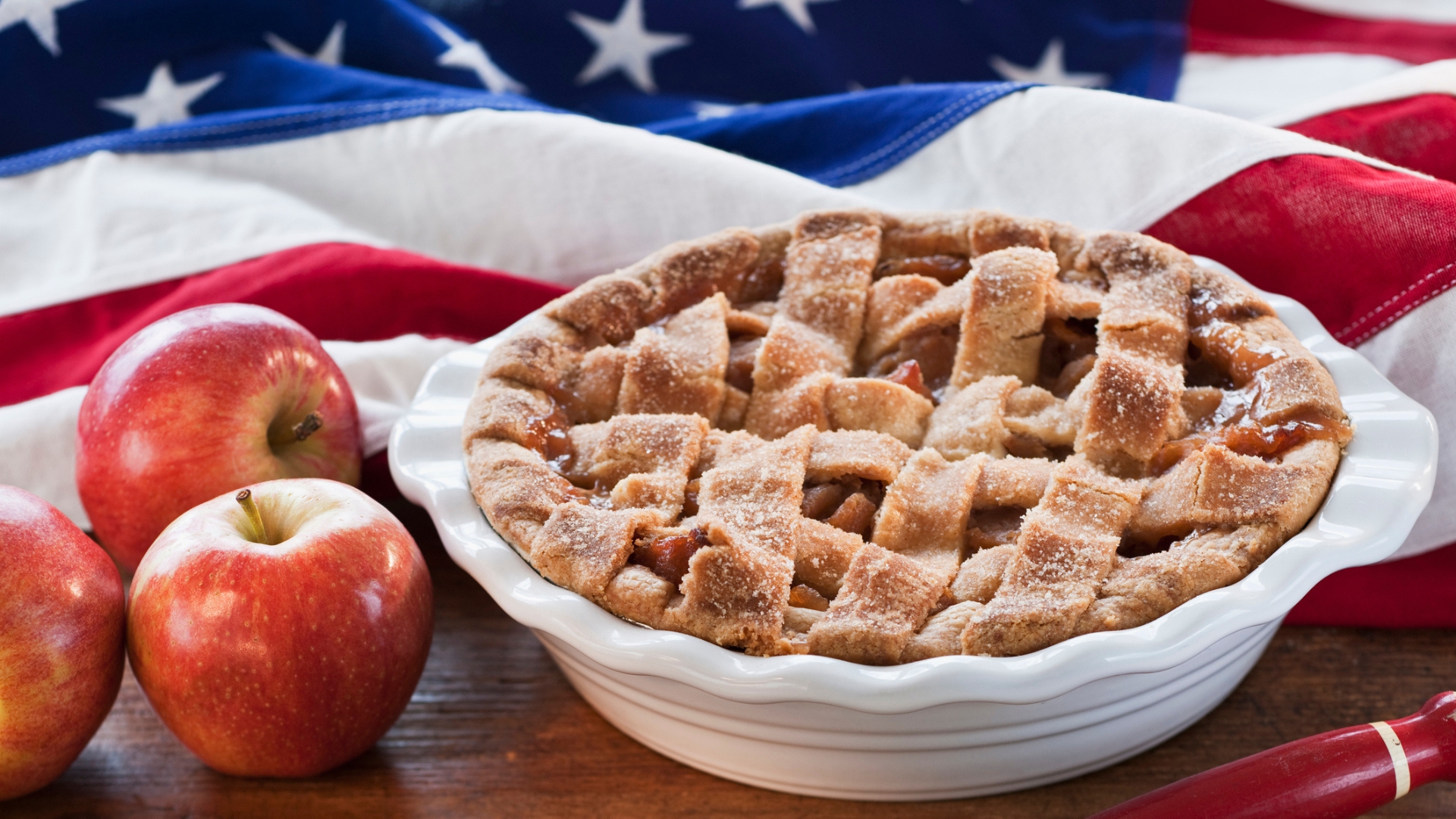
“As American as apple pie,” as the saying goes, means it has to be the country's most iconic pudding. And yet, its origins actually trace back to Europe. In true American fashion, however, the dish took on new life in the United States, where apples flourished and pie-making became a cherished part of home baking traditions. By the 19th and 20th centuries, apple pie had woven itself into the nation’s identity, appearing in everything from cookbooks and wartime propaganda to pop culture.
With its buttery crust, cinnamon-laced filling, and nostalgic pull, it’s more than just dessert; it’s a slice of Americana. But praise be to the culinary gods, because the country that doesn’t do things by halves has given the world countless sweet treats to be thankful for: red velvet cake, New York cheesecake, pecan pie, s’mores, brownies, pumpkin pie, peach cobbler, Boston cream pie, whoopie pies, and key lime pie, to name just a delicious few.
Norway, Kvæfjordkake
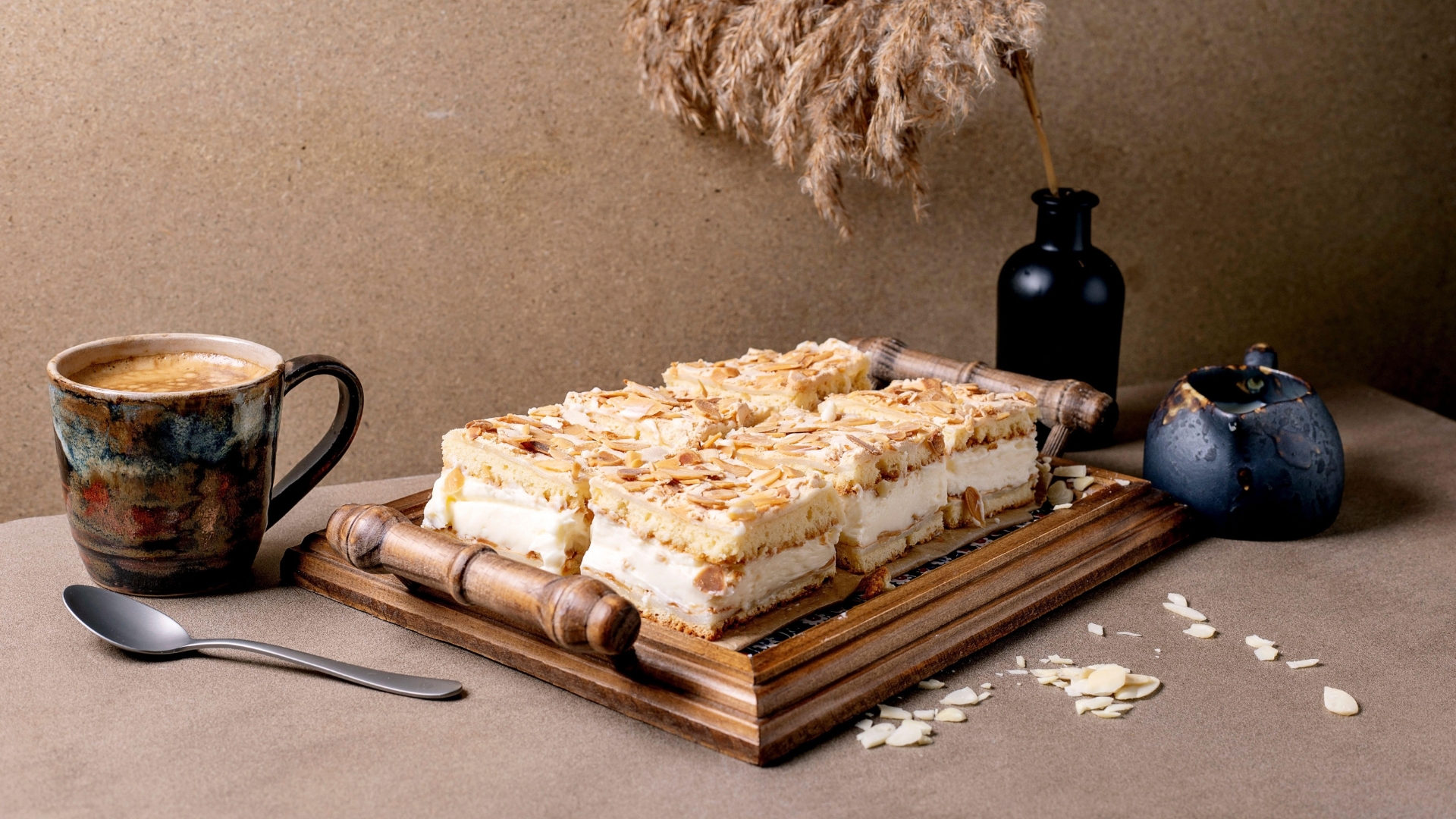
With a name like Verdens Beste (“the world’s best”), expectations are high, but Norway’s Kvæfjordkake certainly delivers in the taste stakes. Hailing from northern Norway, this beloved cake, served at birthdays, holidays, and special celebrations, combines light sponge layers topped with crisp almond meringue and filled with silky vanilla custard and whipped cream, creating a dessert that is rich, but light, and buttery, yet cloud-soft.
Other Norwegian favourites include tilslørte bondepiker (a trifle of apples, whipped cream and toasted breadcrumbs), multekrem (a festive dish of cloudberries folded into sweetened cream), lefse (soft cinnamon-sugar flatbread), and smultringer (cardamom-spiced doughnuts).
Thailand, Khao Niew Mamuang (Mango Sticky Rice)
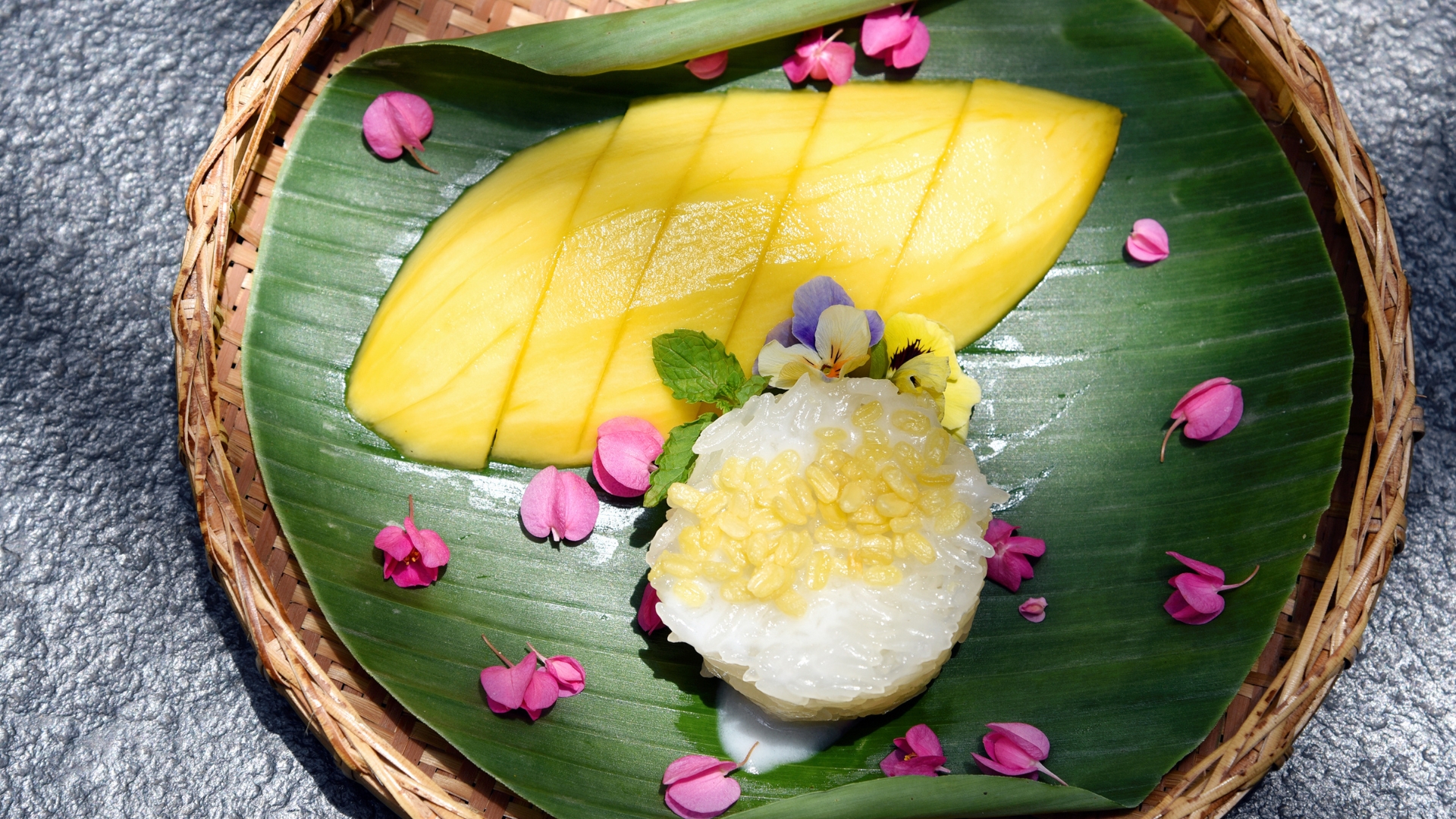
Thailand’s mango sticky rice delivers a sublime pairing of sweet, coconut-soaked glutinous rice and juicy, fragrant mango, often topped with crispy mung beans or extra coconut cream. Once enjoyed mainly during mango season (February to June), it’s now a year-round global favourite.
Other top Thai treats include kanom krok (coconut rice dumplings), tub tim grob (crunchy water chestnuts in syrup and coconut milk), foi thong (golden egg threads), khanom buang (crispy crepes), and khanom chan (layered coconut jelly).
Japan, Mochi
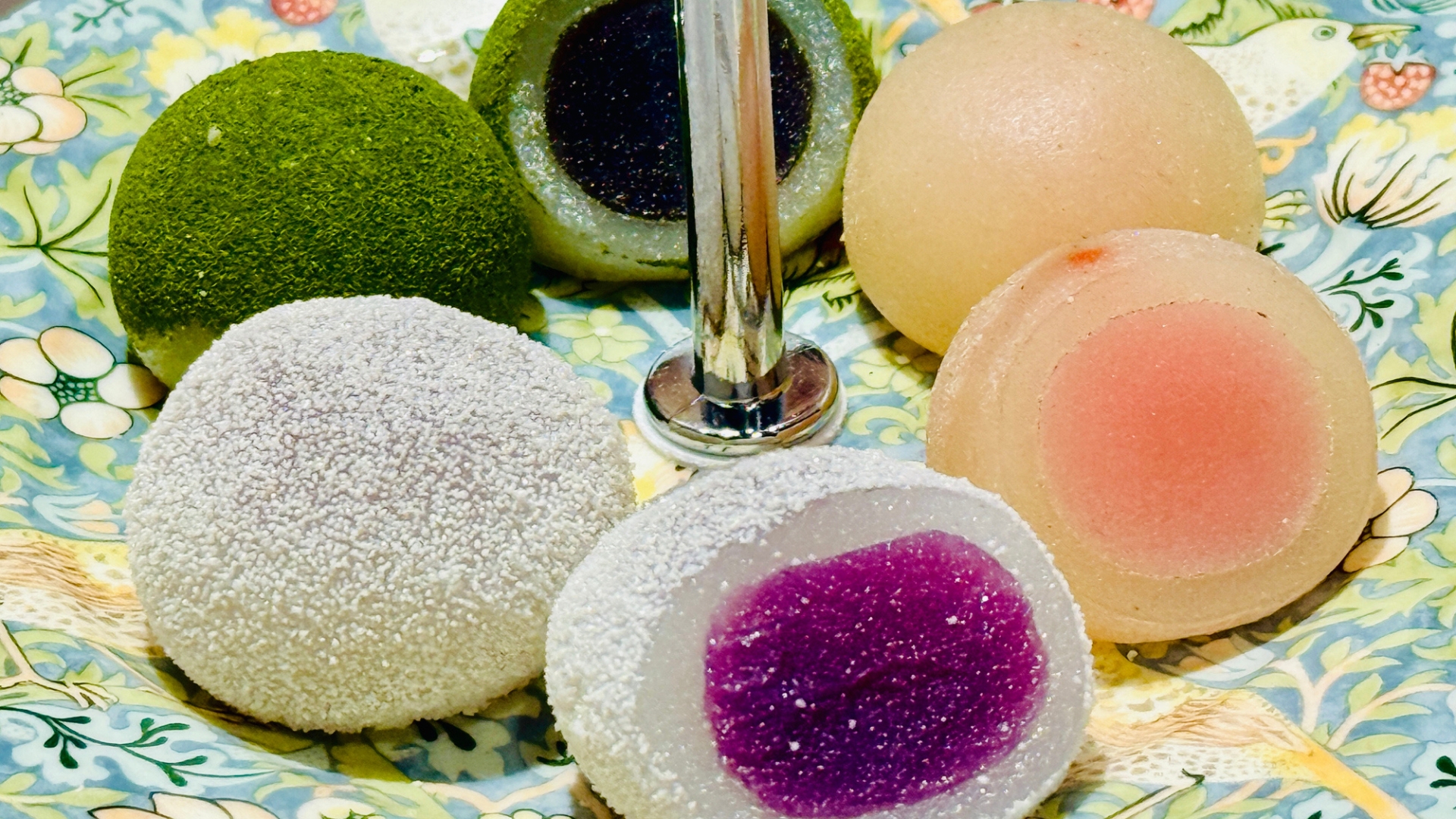
Soft, chewy, and delightfully sticky, mochi is surely the most iconic of all Japanese desserts. Made from glutinous rice pounded into a smooth, elastic dough, it carries a subtle sweetness that can be enjoyed plain or infused with flavours like matcha, strawberry or chocolate, and is often wrapped around fillings such as sweet red bean paste or ice cream. Deeply rooted in Japanese culture, mochi is an essential part of New Year’s celebrations, symbolising good fortune, health and prosperity for the year ahead.
Beyond mochi, other Japanese favourites include silky custard purin, dorayaki pancakes, daifuku, fish-shaped taiyaki filled with sweet bean paste or custard, and the Portuguese-introduced castella sponge cake.
Great Britain, Victoria Sponge
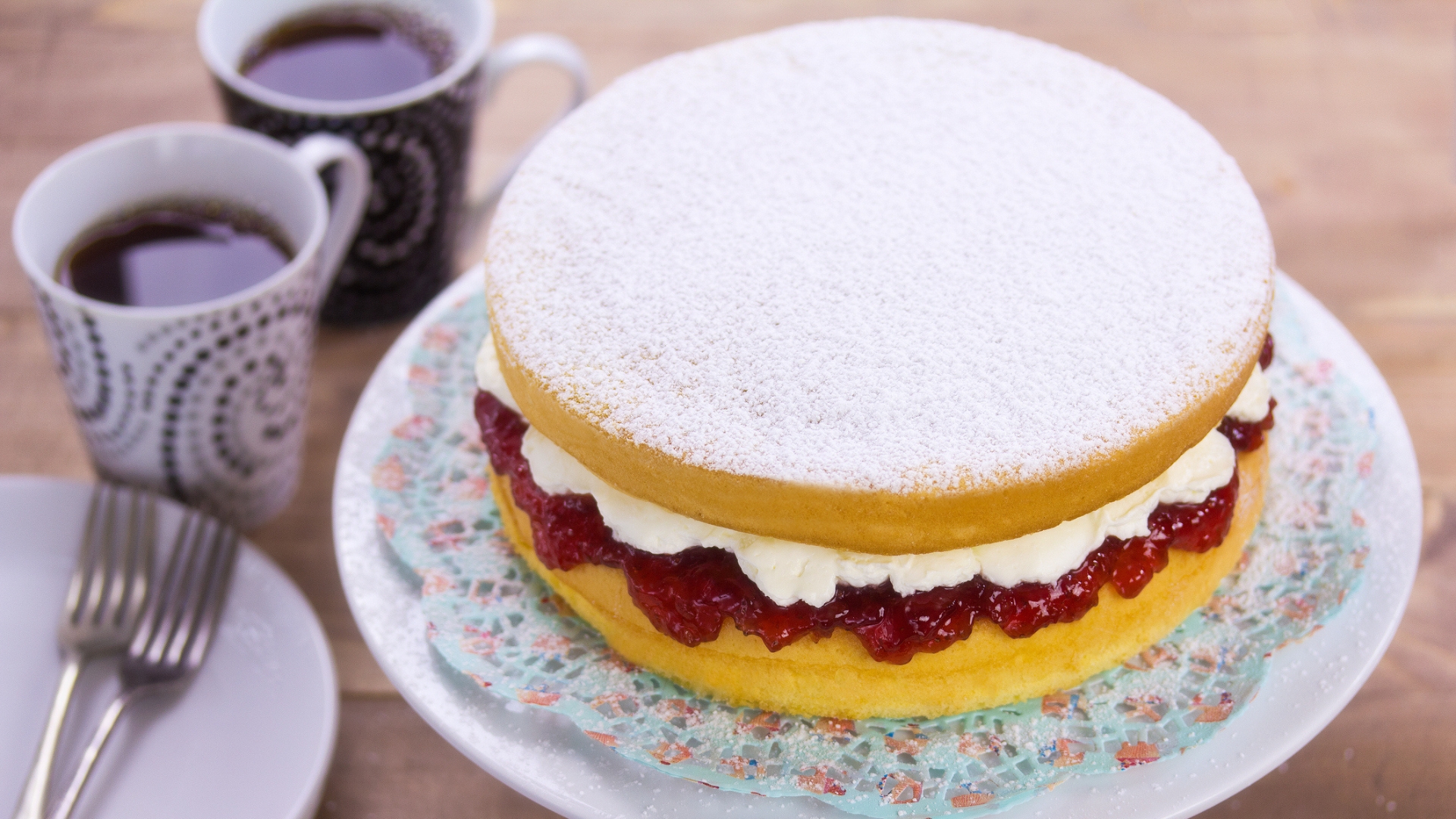
From trifles to Tiffin, scones to spotted dick, Great Britain may be small in size, but when it comes to cake creation, Blighty is mighty, thanks to a rich baking heritage steeped in tradition and regional pride. Think Scottish shortbread, Wales' Bara Brith, and Northern Ireland’s Fifteen, not to mention nostalgic delights like treacle tart, sticky toffee pudding, Parkin, Battenberg, jam roly-poly, Eton mess and fruit crumble.
But if there’s a crown jewel of English teatime, it has to be the Victoria sponge. Made with two light sponge layers sandwiched with raspberry jam and either whipped cream or buttercream, it was named after Queen Victoria, who was said to enjoy a slice with her afternoon tea, and it rose to fame in the mid-19th century with the advent of baking powder and domestic ovens.
Australia, Lamingtons
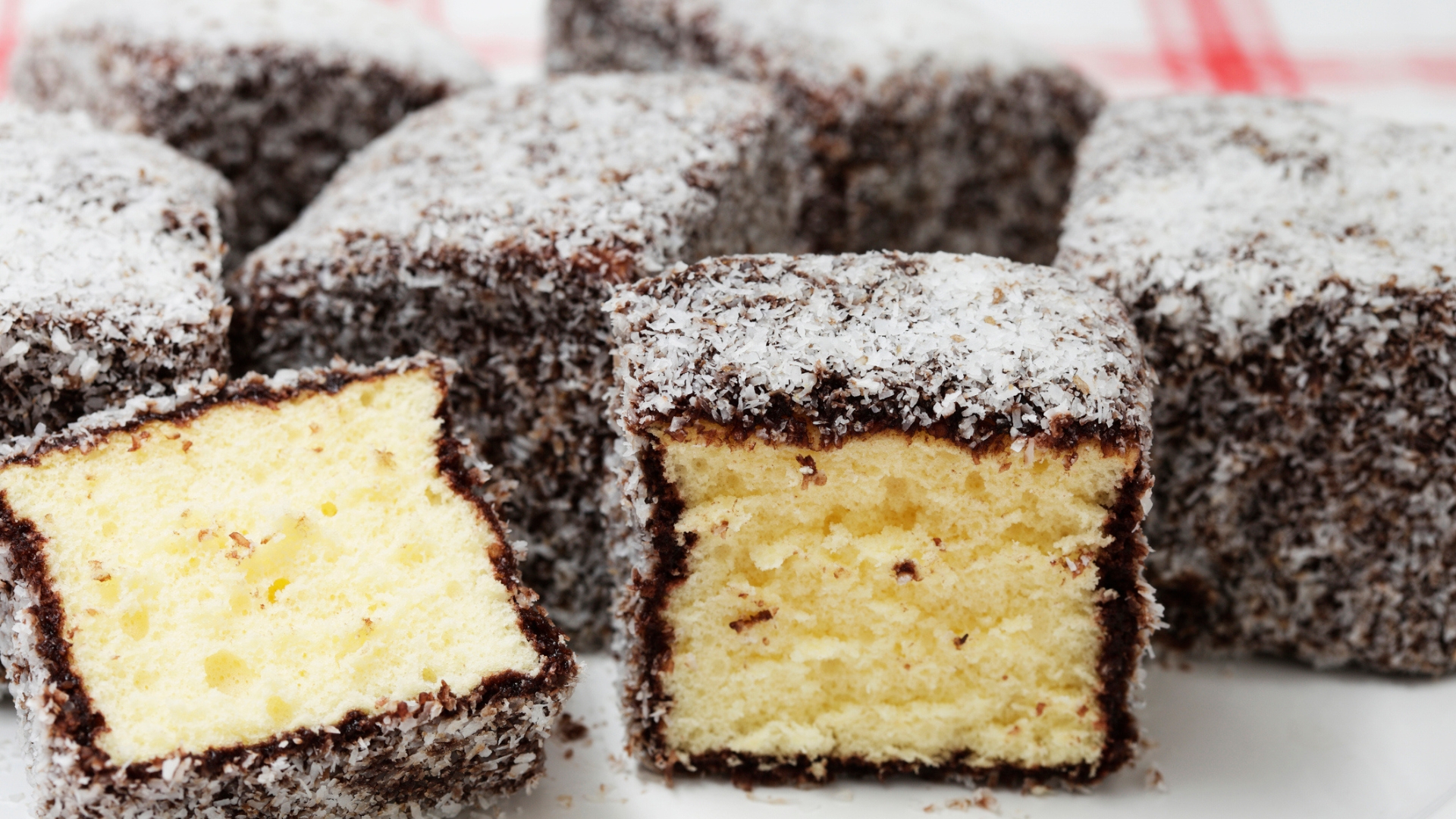
When it comes to crowning the King or Queen of cakes down under, two contenders rise to the top. Lamingtons, the light sponge cake cut into cubes and dipped in chocolate and rolled in desiccated coconut, and Pavlova, with its crisp meringue shell and marshmallowy centre, piled high with whipped cream and fresh fruit. The latter was named after Russian ballerina Anna Pavlova, though its origins remain fiercely contested between Australia and New Zealand.
Other sweet staples include Anzac biscuits (chewy oat and coconut cookies flavoured with golden syrup), fairy bread (a beloved children’s party treat of buttered white bread topped with hundreds and thousands), and the indulgent Tim Tam cake (a layered dessert inspired by the country's iconic chocolate biscuit, complete with Tim Tam-infused ganache and crushed biscuits for extra crunch).
Poland, Sernik
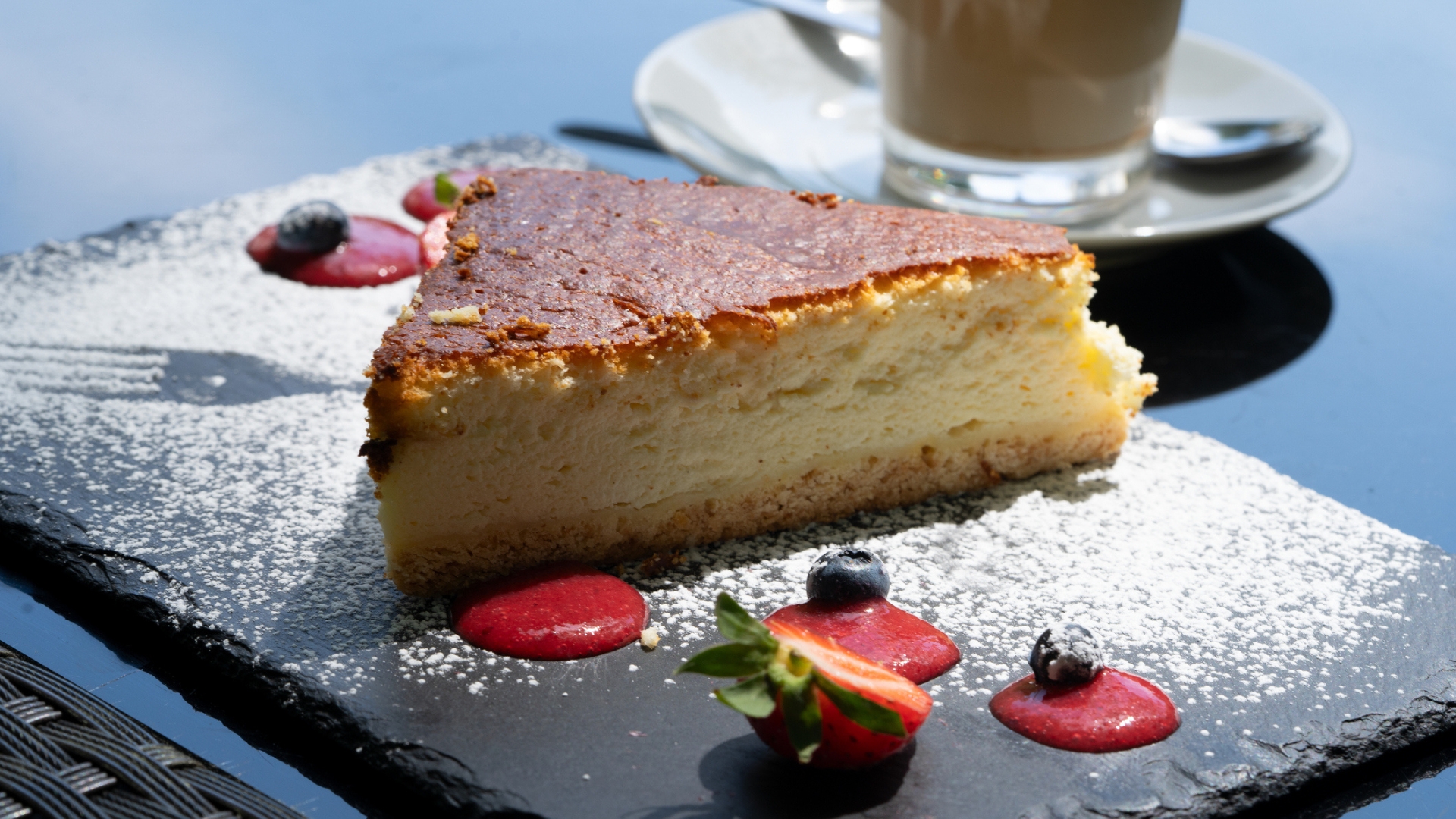
If one dessert could represent all of Poland, it has to be sernik, the nation’s beloved cheesecake. Made with twaróg, a tangy farmer’s cheese, this rich, creamy dessert is often baked plain and set on either a sponge or shortcrust base, though some versions go without entirely.
But that’s not all the country has to offer, as other delicious delicacies include makowiec (rolled poppy seed cake), pączki (jam-filled doughnuts), szarlotka (spiced apple pie), wuzetka (chocolate sponge layered with cream), sękacz (an eye-catching “knotted cake” baked on a rotating spit), and, of course, sweet pierogi (delicate dumplings filled with fruit or sweet cheese, served with cream, sugar or fruit sauce).
Portugal, Pastel de Nata

Think Portuguese puds and there’s one famous treat that has to come to mind: pastel de nata (or pastel de Belém when made to the original secret recipe), a silky custard tart with crisp pastry and a caramelised top. Born in Lisbon’s Jerónimos Monastery and now adored worldwide, it’s said they are best enjoyed warm with a strong espresso.
Other classics from the Iberian country include arroz doce (lemon-zested rice pudding), leite creme (Portugal’s answer to crème brûlée), bolo de bolacha (a no-bake coffee biscuit cake layered with buttery cream), travesseiros from Sintra (almond and egg-yolk-filled puff pastry pillows), queijadas (mini cheese or milk tarts), and ovos moles (delicate sweets shaped like shells and fish, filled with sweetened egg yolk).
Italy, Tiramisu
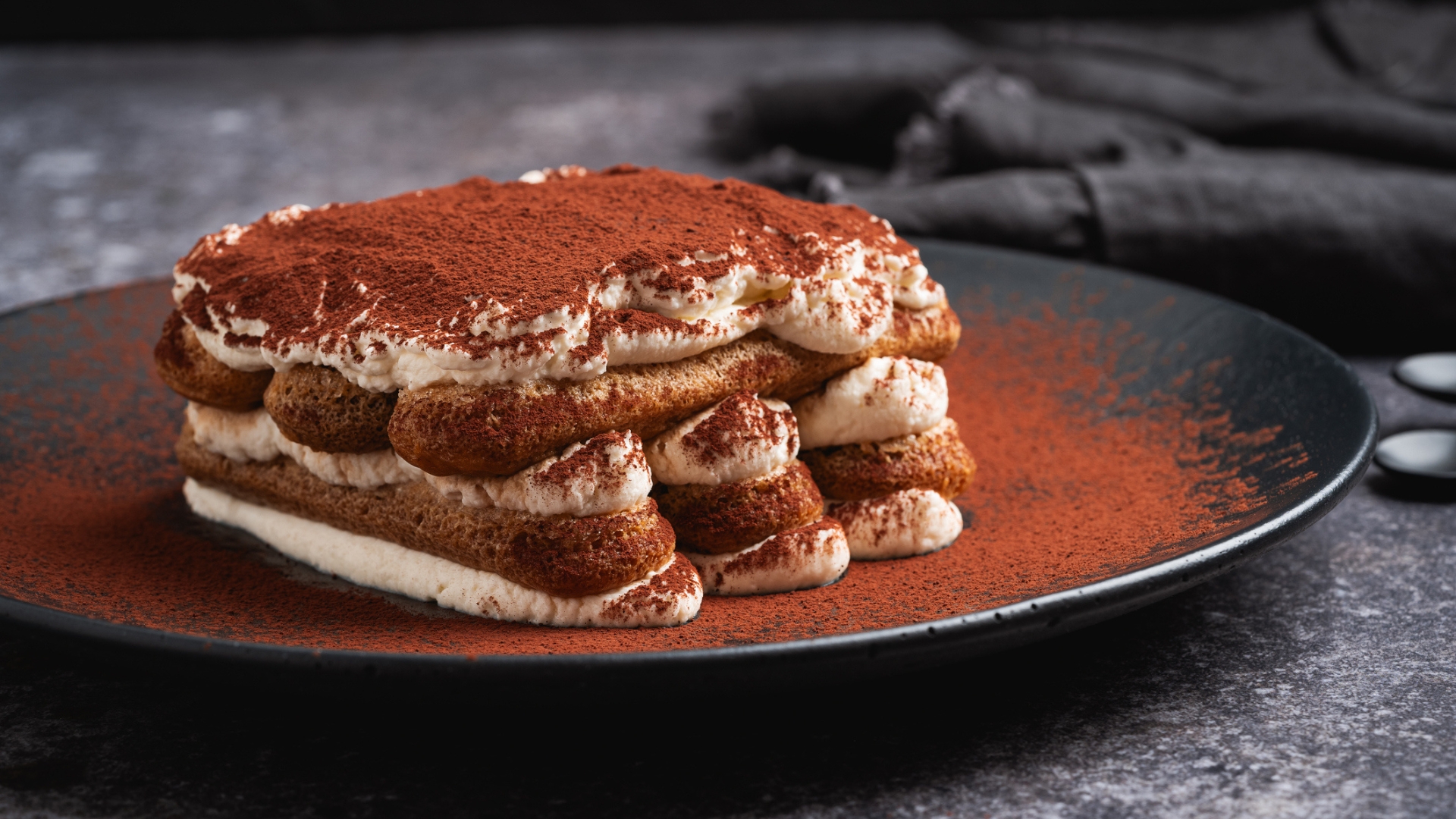
From the festive popularity of panettone and the crisp crunch of cannoli, to the silky elegance of panna cotta and the chocolatey richness of torta caprese, Italy’s desserts are as rich and varied as its landscapes. But when it comes to iconic status, surely nothing beats the tiramisu. With a name that translates as “pick me up”, this classic pud perks you up with energising layers of espresso-soaked savoiardi (sponge fingers). Whipped mascarpone, egg yolks, sugar, and a dusting of cocoa complete the traditional ingredients, although some versions include a splash of alcohol, often Marsala wine, rum, or coffee liqueur.
Madagascar, Koba
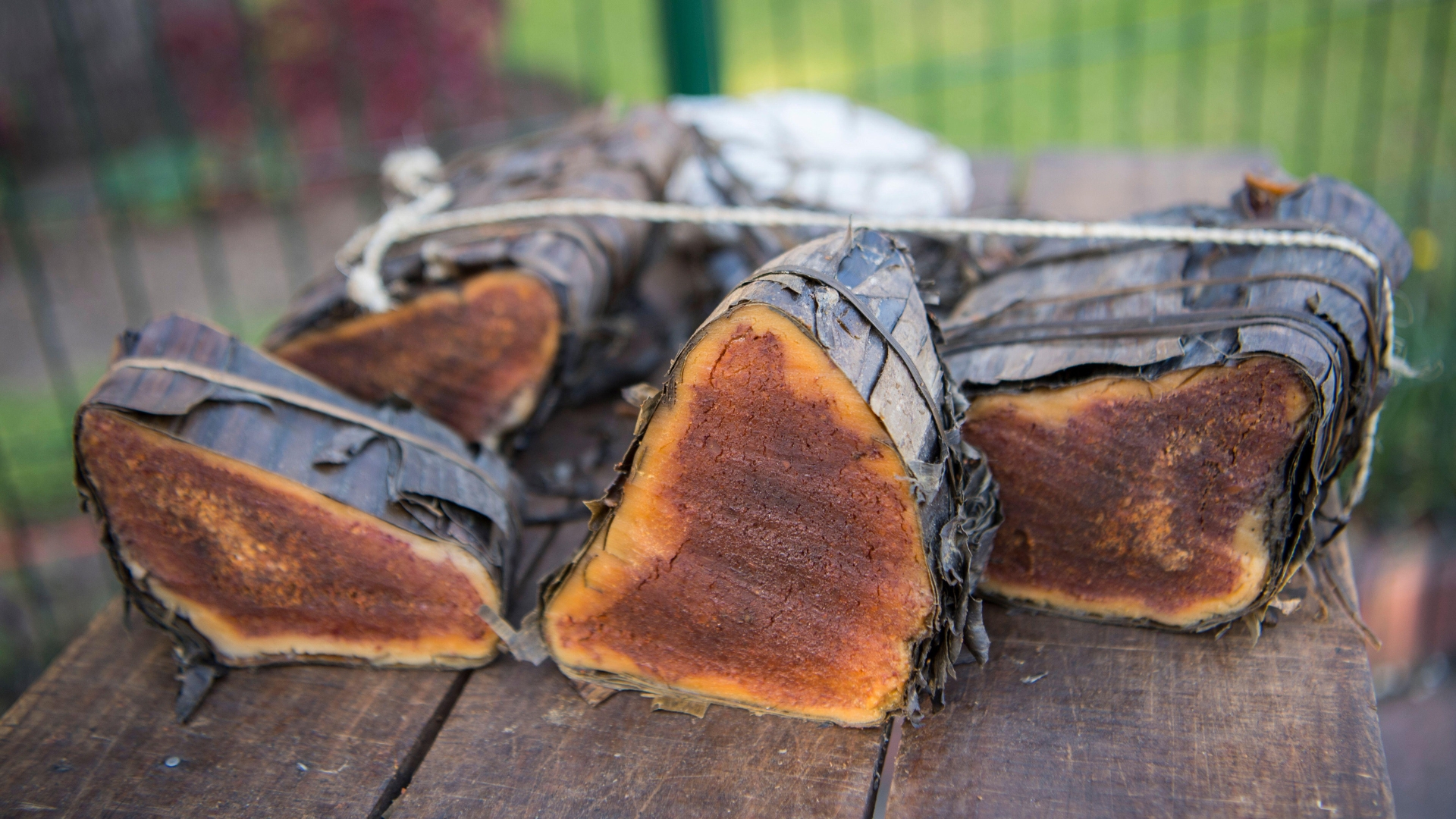
While it may not win many awards for its looks, what Madagascar’s Koba (also known as Koba Ravina) lacks in aesthetics, it more than makes up for in flavour and tradition. This dense, chewy, sweet cake is a beloved Malagasy street food, and a nostalgic favourite that reflects the island’s rich food culture.
It’s made from a mixture of ground peanuts, brown sugar, and rice flour, typically wrapped in banana leaves and steamed, giving it a distinct nutty taste and rich texture. Variations exist, such as Koba Akondro, which includes mashed bananas, honey, and cornflour, while other notable Malagasy favourites include Mofo Gasy (sweet rice-flour breakfast cakes), Menakely (ring doughnuts), Mofo Baolina (fried dough balls), Lasary Voankazo (fruit salad with condensed milk), and Malagasy coconut flan.
Lebanon, Meghli
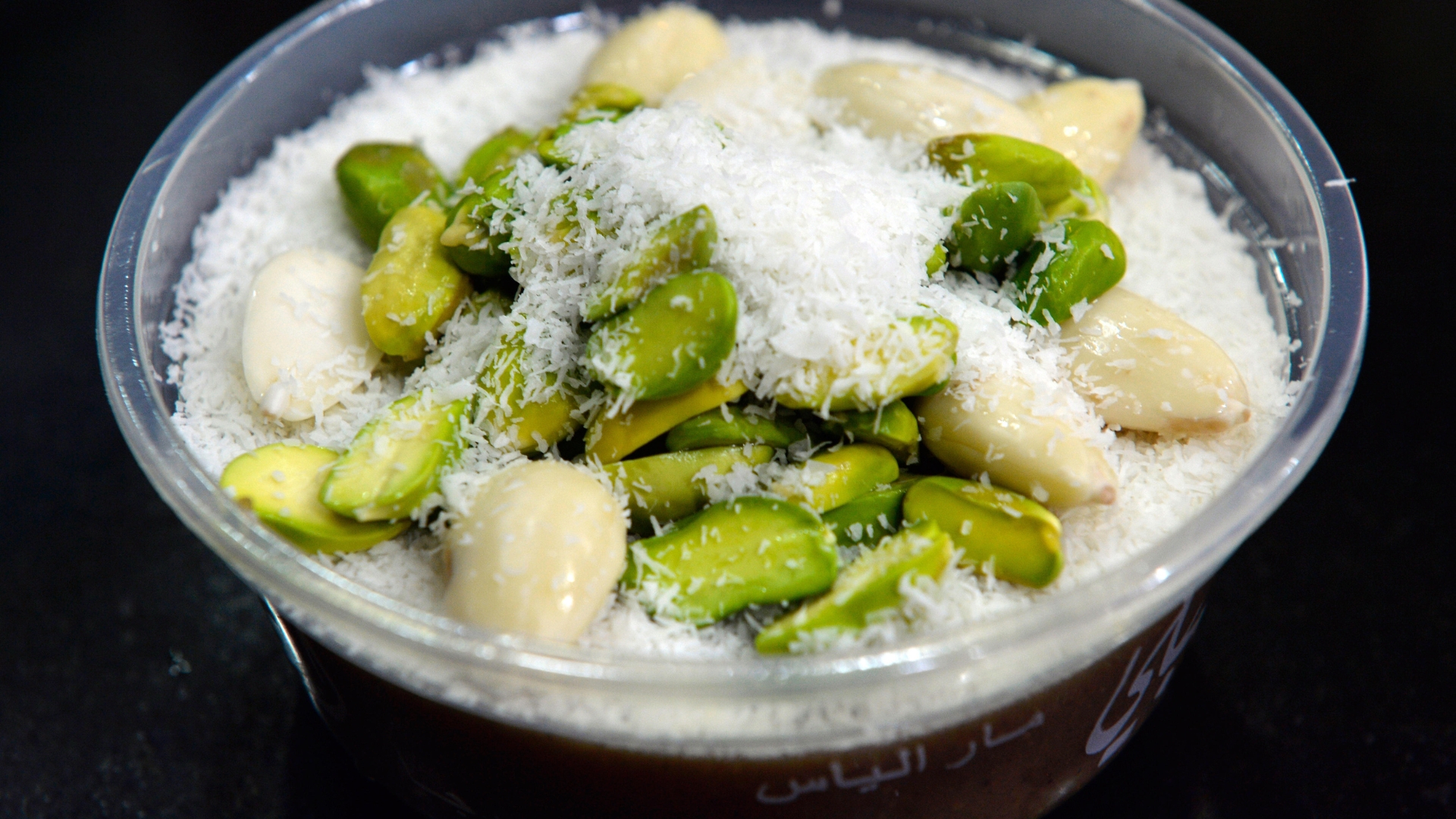
If one dessert captures the heart of Lebanese tradition, it’s meghli; a warm, spiced rice pudding made with caraway, anise, and cinnamon, topped with coconut and nuts, and traditionally served to celebrate the birth of a baby. Its distinctive flavour and ceremonial role make it a true cultural icon, and just pips its close contender, knafeh, to the post. Lebanon’s beloved take on the Middle Eastern classic is made with semolina or phyllo dough, sweet cheese or cream, and soaked in orange blossom syrup, often eaten warm in sesame bread for breakfast.
Other national favourites include namoura (a buttery, syrup-soaked semolina cake) and Layali Lubnan (a delicate milk pudding topped with pistachios).
South Africa, Malva Pudding
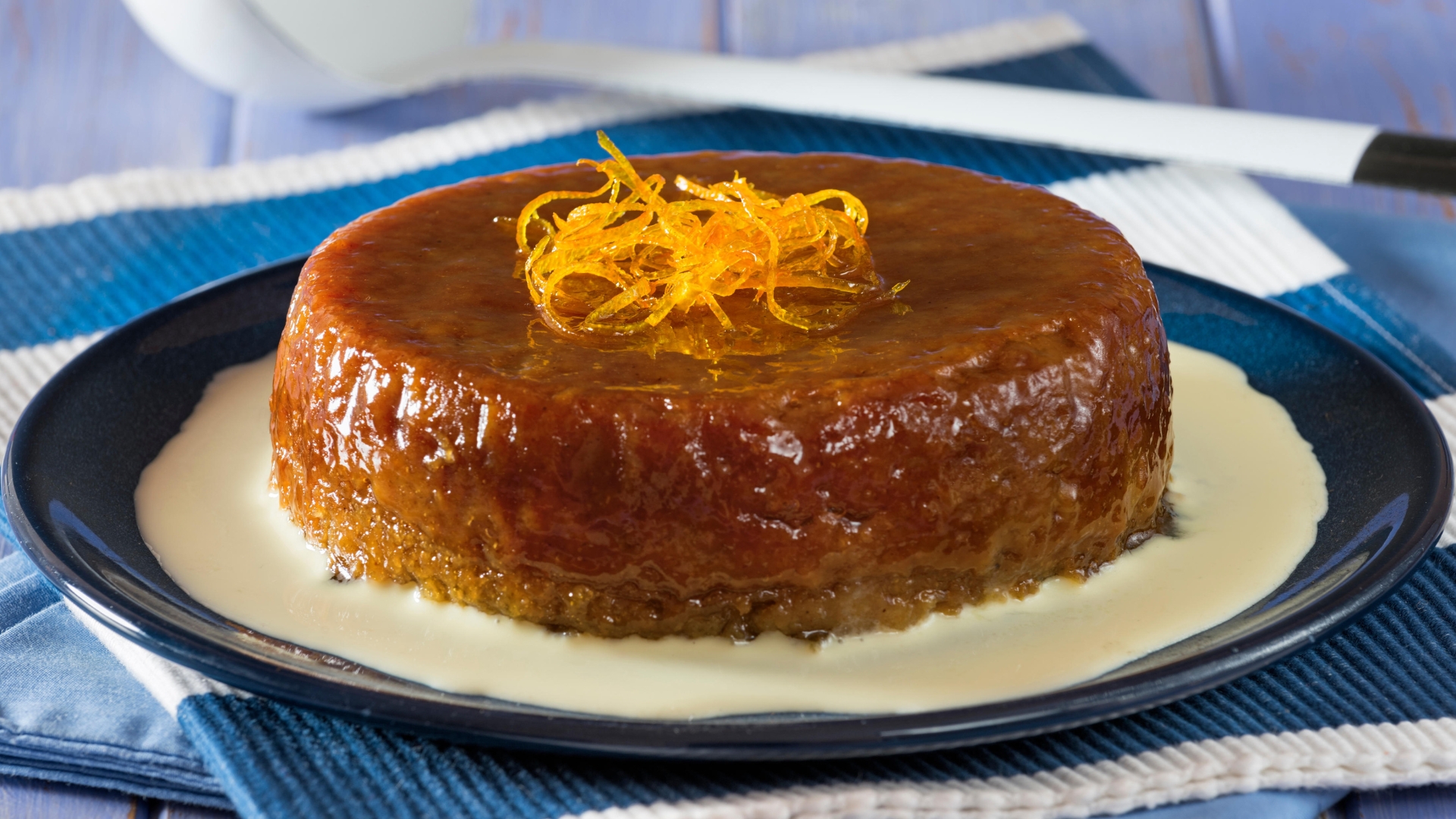
You can’t talk about South African desserts without mentioning malva pudding; a warm, sticky sponge made with apricot jam, soaked in a creamy, syrupy sauce and served with velvety custard or ice cream. With Cape Dutch roots, it’s the ultimate winter comfort, but there’s plenty more to love from the country's dessert table, whatever the season.
Think melktert (a cinnamon-dusted milk tart with a smooth custard filling), koeksisters (plaited or twisted doughnuts drenched in spiced syrup), peppermint crisp tart (a no-bake fridge cake layered with caramel, whipped cream, hertzoggies (shortcrust jam tarts topped with coconut meringue), and cremotart (a nostalgic creamy dessert made with condensed milk, lemon juice, and powdered coffee creamer). All proof that South Africa is a nation of serious cake bakers and treat makers.
South Korea, Patbingsu
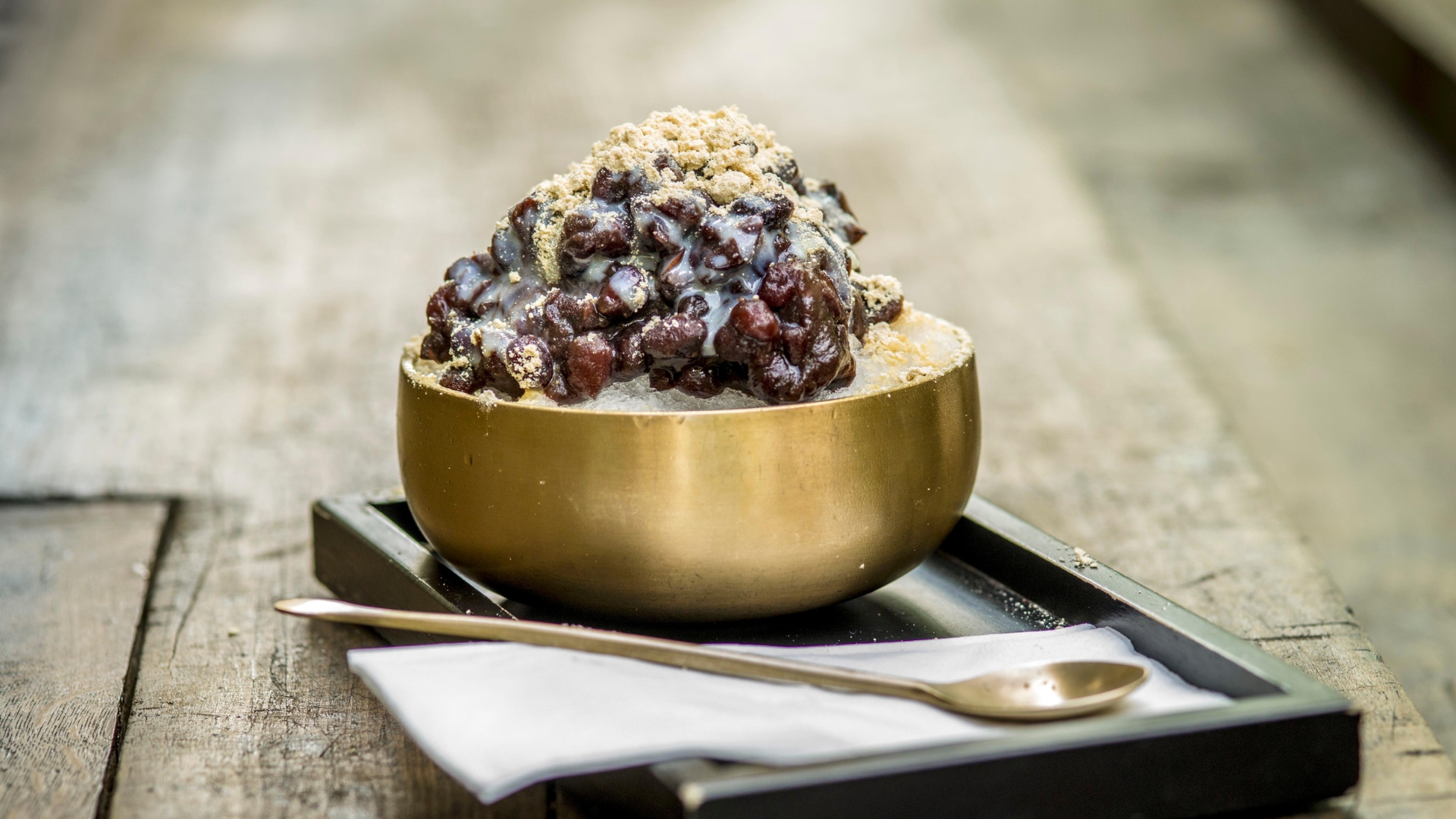
Ok, so when you hear “shaved ice,” you’d be forgiven for having low expectations in the flavour department, but bingsu, Korea’s beloved shaved ice dessert, will quickly change your mind. The most iconic version is patbingsu, the traditional original, made with finely shaved ice topped with sweet red bean paste (pat), condensed milk, fruit, chewy rice cakes, and sometimes ice cream, culminating in a summer treat that’s as simple as it is sensational.
Today, bingsu refers to any variety of Korean shaved ice, and it’s become a café favourite with endless creative twists, from mango and matcha to Oreo - but patbingsu remains the most culturally rooted and nostalgic. Other beloved Korean sweets include hotteok (syrup-filled pancakes), yakgwa (deep-fried honey cookies), and bungeoppang(fish-shaped red bean pastries).
Nigeria, Puff Puff
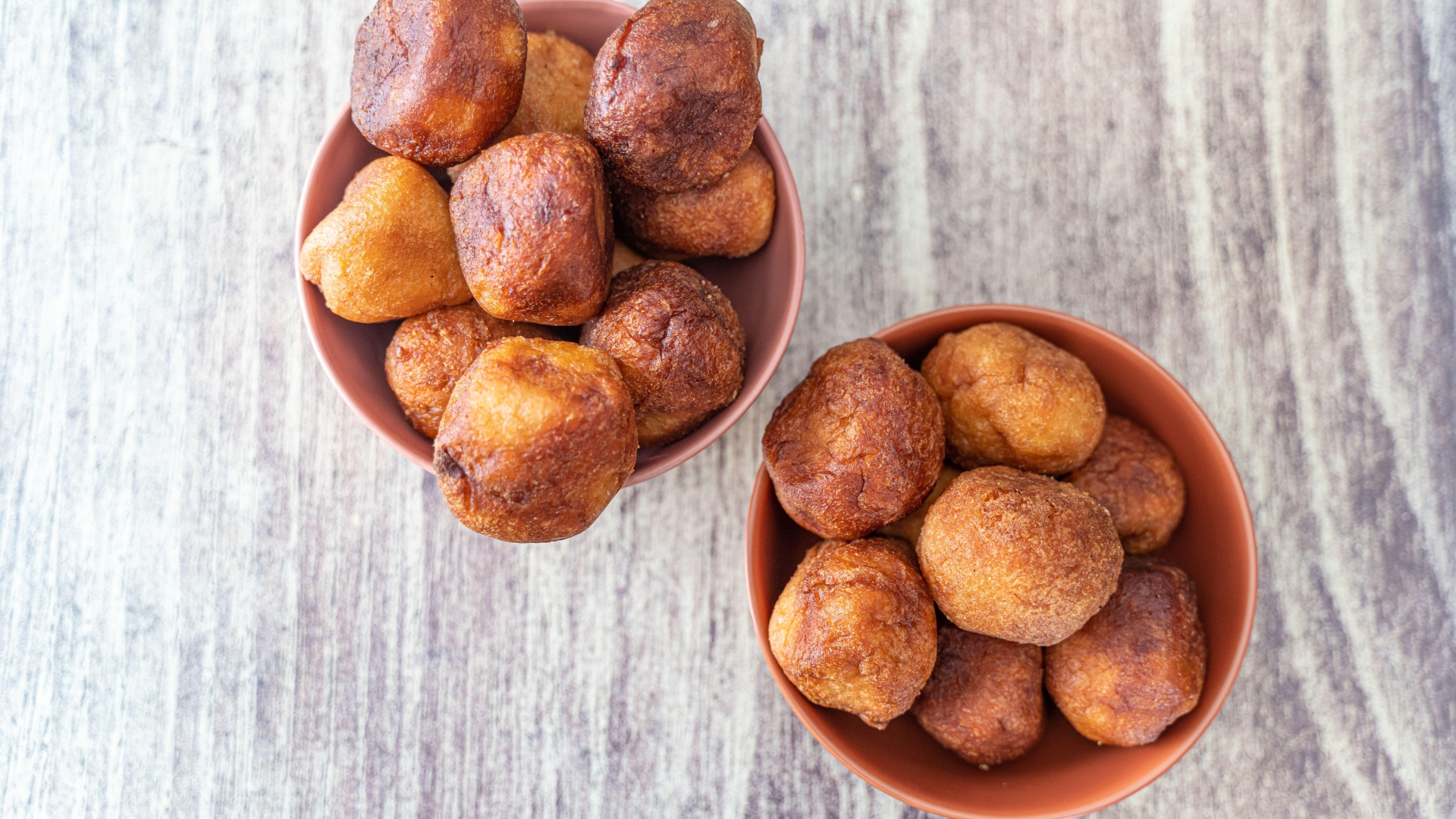
Widely considered one of Nigeria’s most iconic desserts, puff puff is loved for its golden, fluffy texture and sweet, doughnut-like taste. Made with simple ingredients like flour, sugar, yeast, and water, it’s deep-fried as small balls until perfectly puffed and often flavoured with nutmeg or cinnamon, or drizzled with hibiscus syrup. Endlessly customisable and always crowd-pleasing, puff puff holds a special place in Nigerian culture as both an everyday snack and a celebratory staple, with individual households adding their own twist.
Other beloved Nigerian sweets include chin chin (small, crunchy, bite-sized fried dough, sometimes spiced or coated in sugar), Kuli-kuli (crunchy peanut sticks or flakes with a slightly sweet, nutty flavour), and coconut candy (chewy, caramelised coconut balls that melt in your mouth).
Canada, Nanaimo Bars
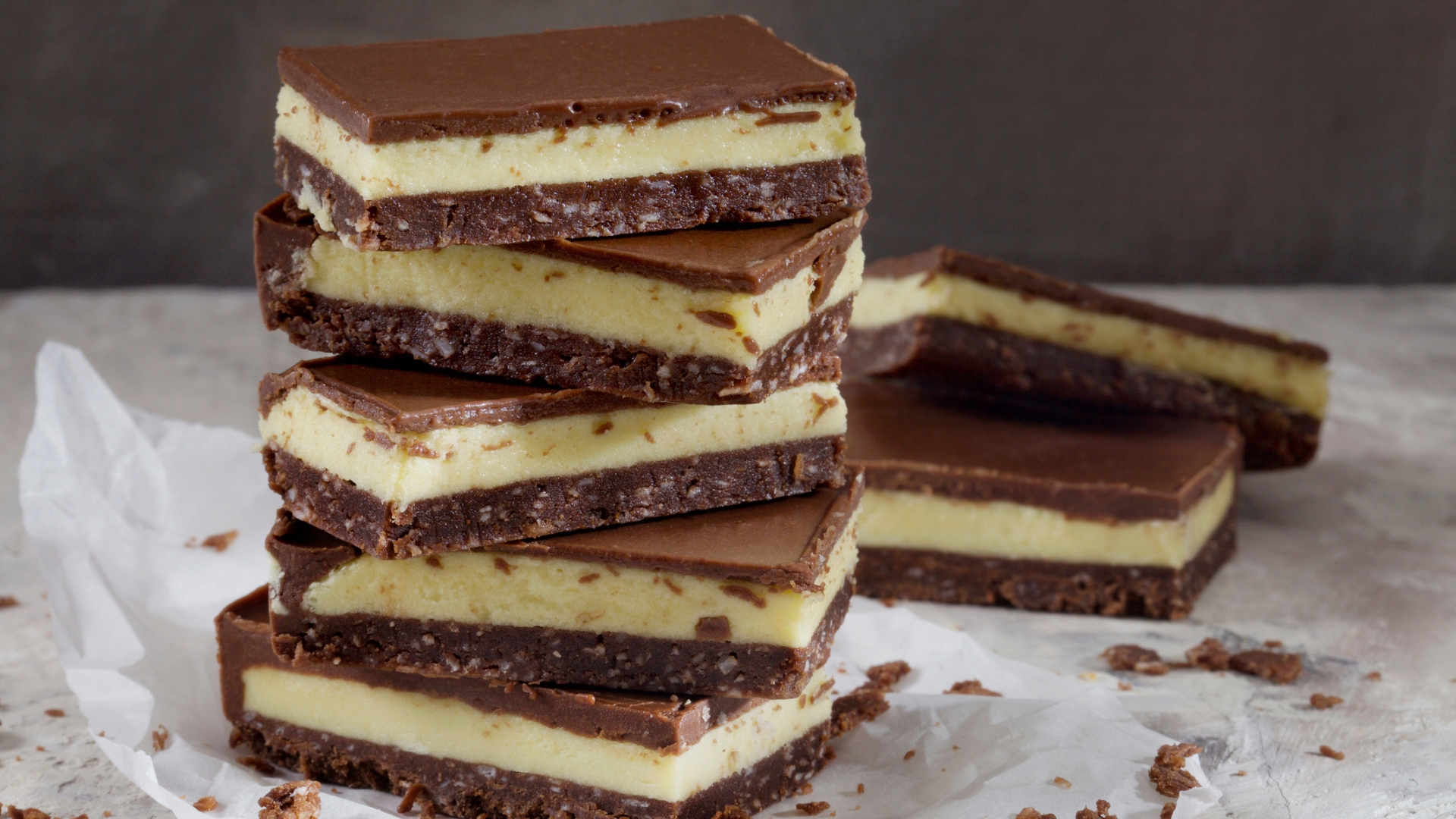
It’s almost a two-way battle, but Nanaimo Bars, the no-bake, three-layer treat with a crumbly coconut and graham cracker base, vanilla custard-flavoured butter icing, and chocolate ganache topping, just clinch it over the beloved butter tart, with its gooey centre of butter, sugar, and egg baked in a flaky pastry shell. While butter tarts have deeper historical roots, Nanaimo Bars, named after the city of Nanaimo, British Columbia, became a national favourite in the mid-20th century and are celebrated for being uniquely Canadian, with no direct European counterpart.
Honourable mentions go to tarte au sucre (French Canadian sugar pie), BeaverTails (flat, fried dough pastries often topped with sugar or chocolate), and Persians (iced cinnamon rolls with pink frosting, famous in Thunder Bay, Ontario).
Denmark, Kransekage
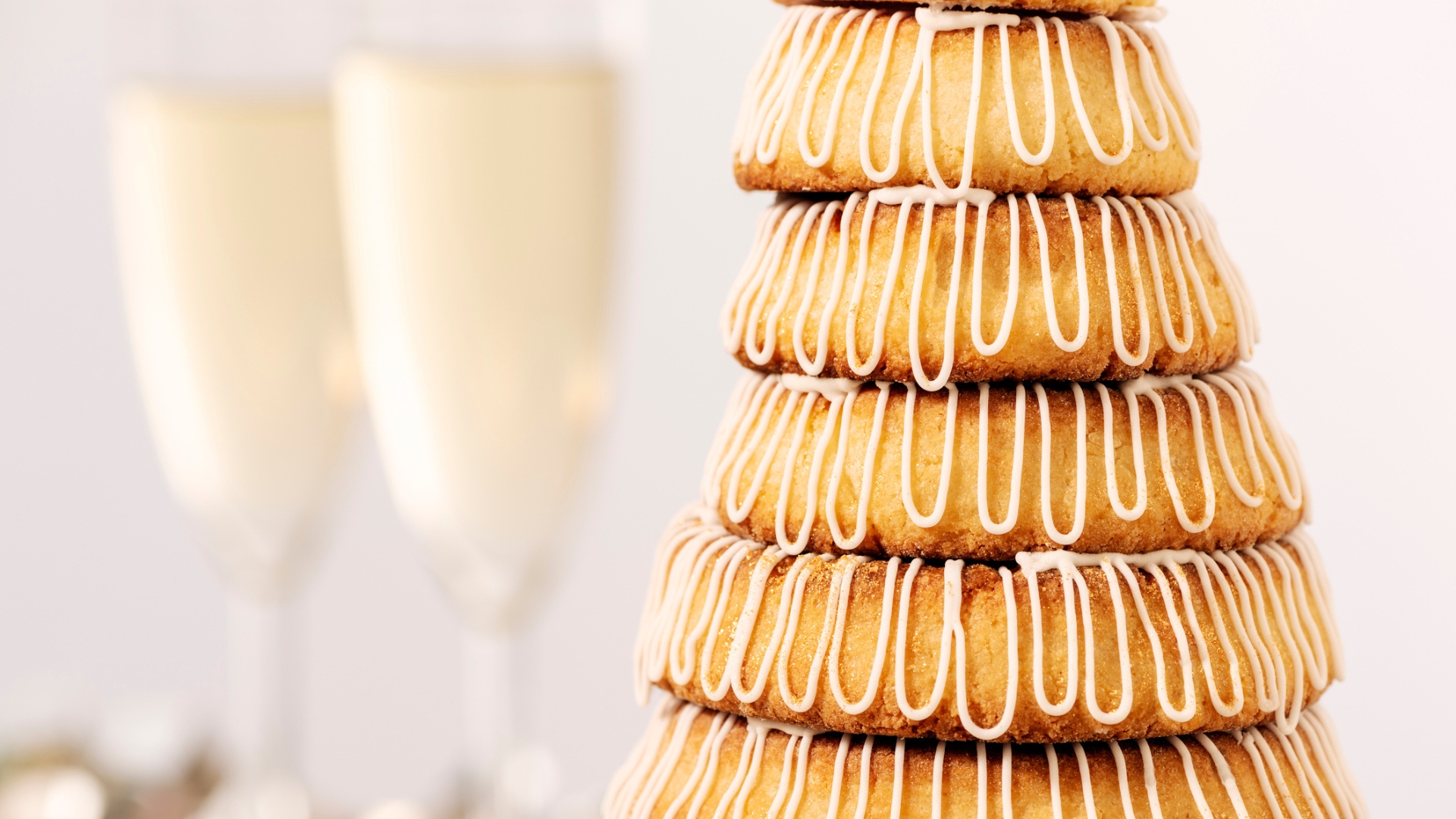
Denmark is another nation with a sweet showdown of top treats, but it’s the kransekage, the chewy, almond-based ring cake stacked into a towering cone and drizzled with icing, that quite literally rises to the top.
Traditionally served at weddings, Christmas, and New Year’s Eve, this festive and symbolic cake is proudly Danish. But hot on its heels is lagkage, another celebratory favourite, made from layers of sponge cake, whipped cream, and fruit preserves, and often seen at birthdays.
Other beloved Danish desserts include drømmekage (known as dream cake and topped with caramelised coconut), brunsviger (a yeasty coffee cake soaked in brown sugar syrup), kagemand (a person-shaped cake decorated for children’s parties), risalamande (almond rice pudding served with cherry sauce at Christmas), and of course, wienerbrød, the original Danish pastry.
Turkey and Greece, Baklava
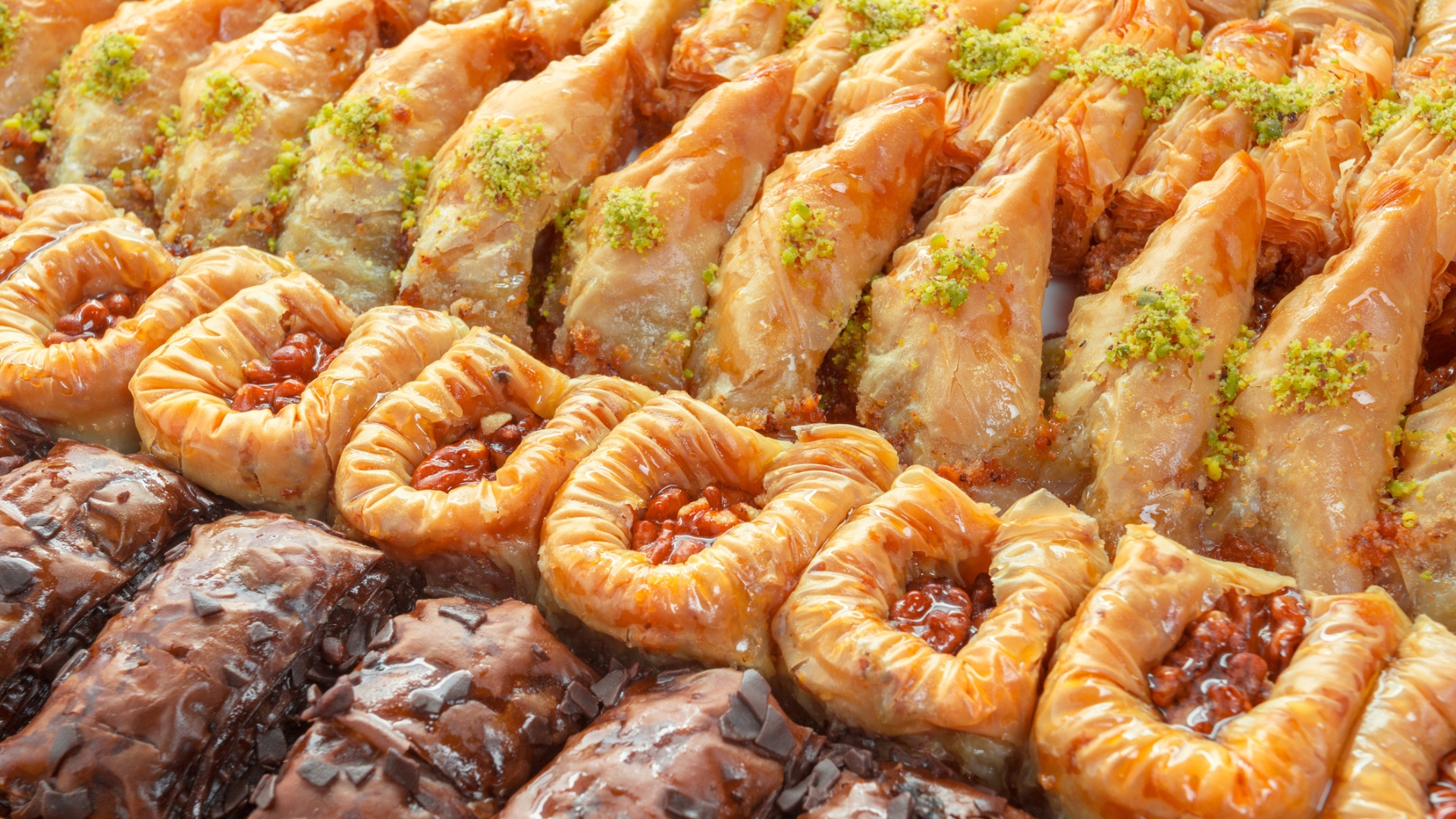
Few desserts are as fiercely claimed, or as widely adored, as baklava, and when it comes to the sticky, sweet treat, both Turkey and Greece claim it as their own. A masterpiece of layered pastry, this rich, syrup-soaked dessert is considered a national treasure in both countries.
While the basic concept is the same - paper-thin filo pastry, chopped nuts, and syrup - the styles differ. Turkish baklava typically features pistachios and is soaked in a light lemon-sugar syrup, giving it a moist, chewy texture. It’s often cut into diamonds or rolled shapes and is usually unspiced. Greek baklava, by contrast, is usually made with walnuts or almonds, and sweetened with honey syrup infused with cinnamon, clove, or citrus, resulting in a crispier, flakier finish.
Topping the charts for other Turkish treats are revani (a lemony semolina cake), halka tatlisi (fried spiral dough, similar to churros), and sütlaç (baked rice pudding). Greek favourites include galaktoboureko (baked custard-filled filo soaked in syrup), bougatsa (semolina custard in crisp pastry), loukoumades (honey-soaked doughnuts), and kataifi (shredded filo pastries filled with nuts and syrup).
Belgium, Waffles
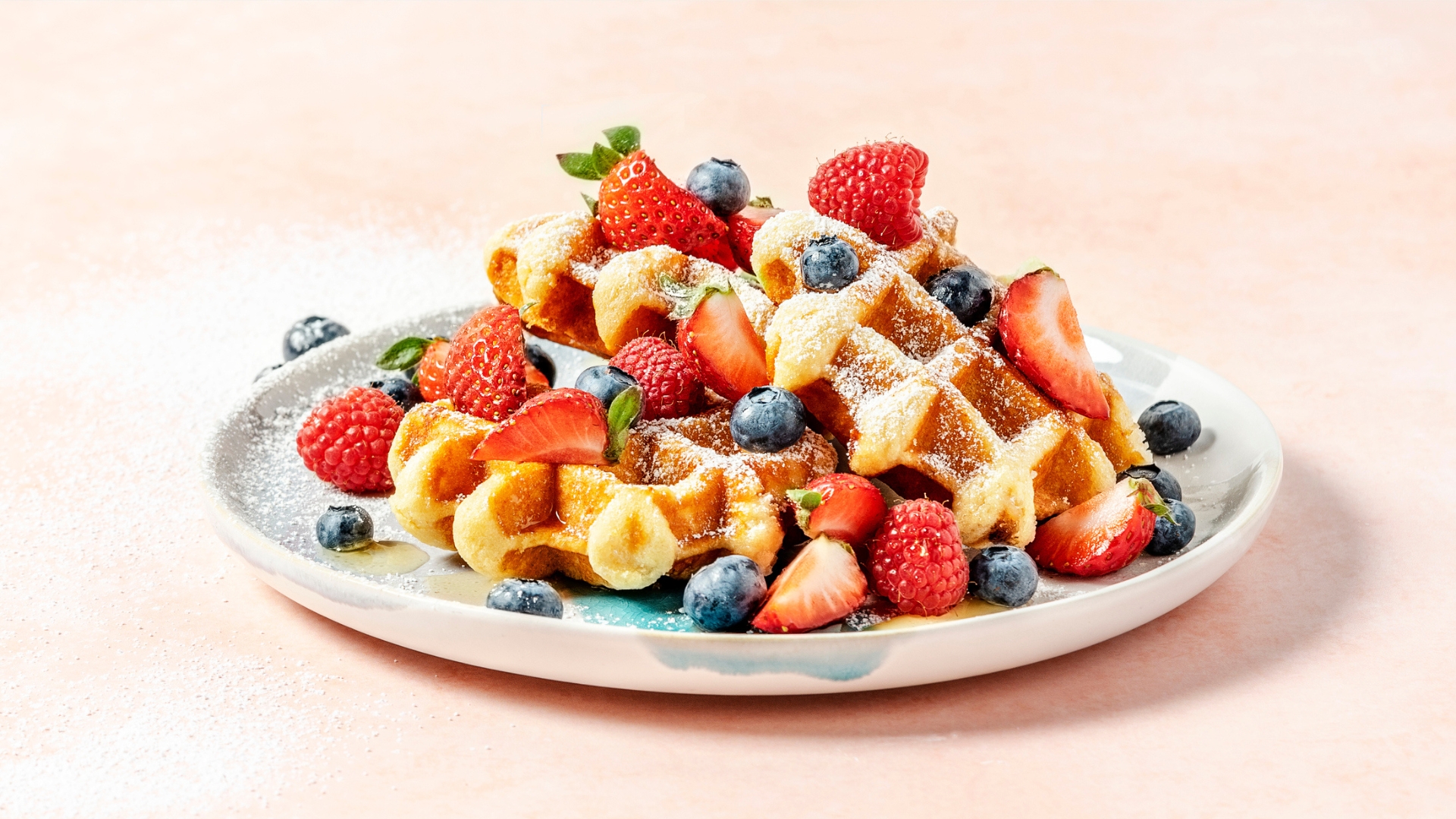
Belgium’s most iconic dessert? There can surely be only one: the wonderful waffle. But Belgians themselves are famously split between the two main varieties, the light, crisp Brussels waffle and the denser, caramelised Liège waffle, made with brioche-style dough and pearl sugar. Sold hot from street stalls, Liège waffles are chewy, golden, and delicious with or without toppings.
But there’s more to Belgian baking than crosshatched confections. Take Le Misérable, an almond sponge cake filled with rich egg-white buttercream, or the spiced speculoos biscuits that have become a global favourite. Other beloved desserts include Dame Blanche (vanilla ice cream topped with warm chocolate sauce), rijsttaart (creamy rice tart), and Mattentaart (a flaky puff pastry filled with curd cheese and almond, protected by EU PGI status).
France, Crème brûlée
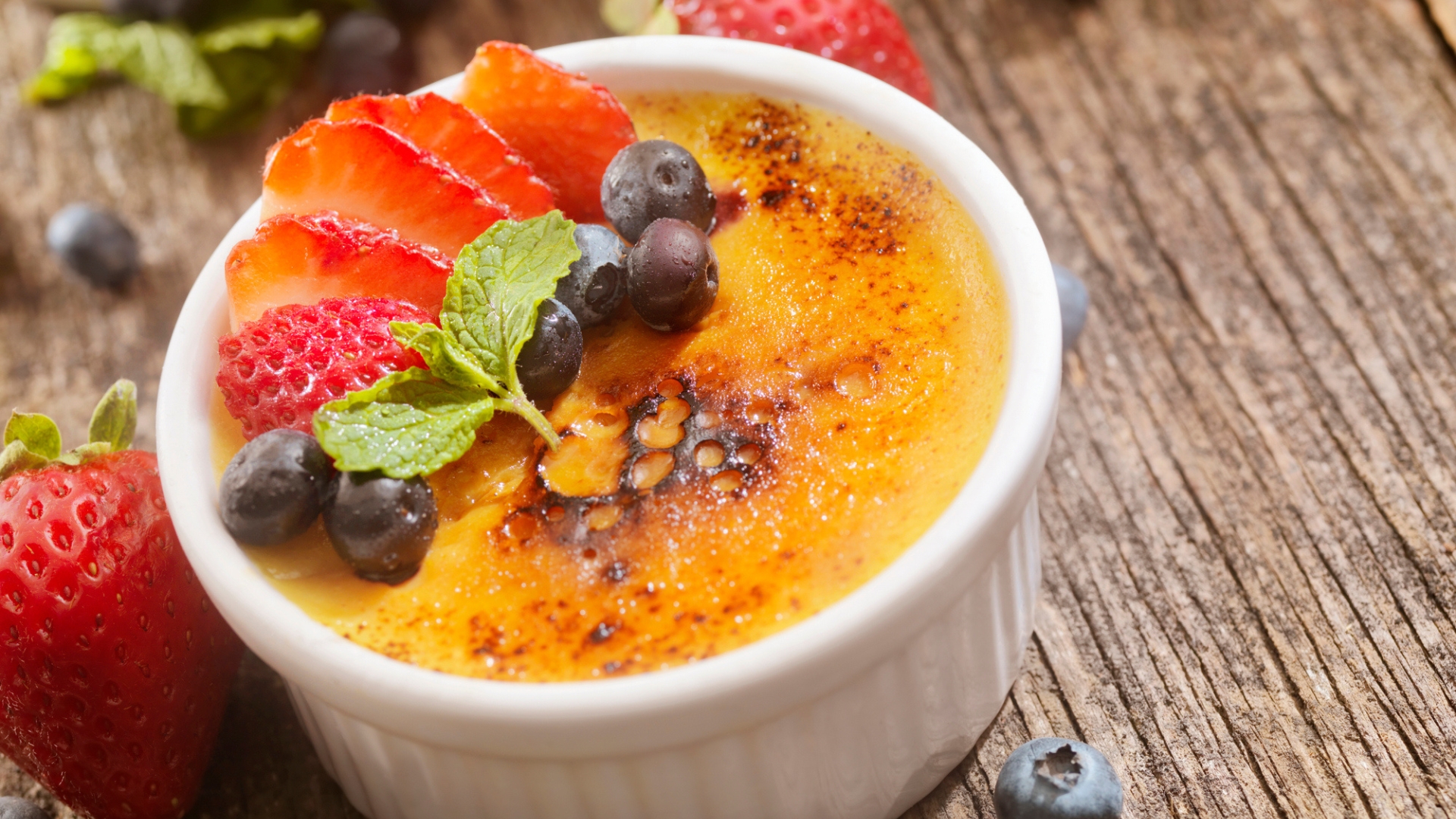
If there’s one country that knows how to do dessert right, it’s France - so much so that it’s almost impossible to pick just one crowning creation. Profiteroles, éclairs, Tarte Tatin, mille-feuille, macarons… and what about croissants?!
But is there anything more universally adored, in France and around the world, than crème brûlée? With its silky vanilla custard and crisp, caramelised sugar top that cracks under your spoon, it’s a masterclass in texture and taste. Traditionally baked in ramekins and finished with a blowtorch or broiler, it’s made from just cream, egg yolks, and sugar. Though its exact origins are debated, the modern version was popularised in 17th-century France and has remained a bistro classic ever since.
Mexico, flan
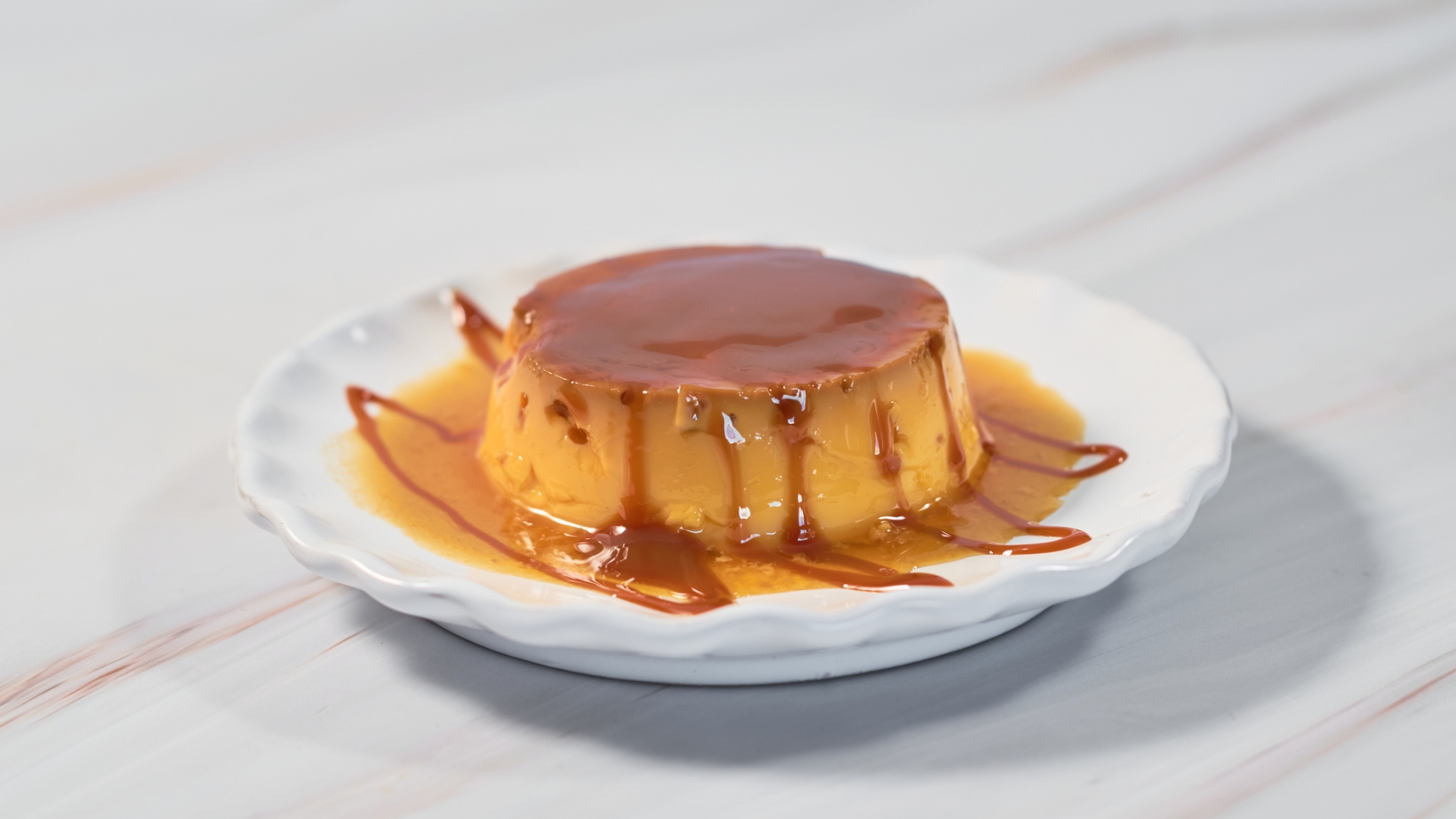
In the contest for Mexico’s most iconic dessert, it’s almost a photo finish between two beloved treats, but given its widespread adoration beyond the country’s borders, we’re calling it in favour of flan. Found everywhere from home kitchens to fancy restaurants, flan is a silky caramel custard made with whole eggs, giving it a slightly firmer texture than the Spanish version. Flavoured with vanilla, citrus, or cinnamon, it’s a staple at celebrations and family meals alike.
A close runner-up is tres leches cake, a modern classic made from light sponge soaked in three types of milk (evaporated, condensed, and whole milk or cream), resulting in a rich yet airy dessert that’s a must at birthdays and weddings. Though it likely originated in Nicaragua, it gained popularity across Latin America, with Mexico embracing and popularising it as its own.
Other favourites include arroz con leche (cinnamon-scented rice pudding), Mexican wedding cookies (crumbly, nutty shortbread), and paletas (vibrant popsicles made with fresh fruit and bold flavours).
Natalie Denton is a freelance writer and editor with nearly 20 years of experience in both print and digital media. She’s written about everything from photography and travel, to health and lifestyle, with bylines in Psychologies, Women’s Health, and Cosmopolitan Hair & Beauty. She’s also contributed to countless best-selling bookazines, including Healthy Eating, The Complete Guide to Slow Living, and The Anti-Anxiety Handbook.
You must confirm your public display name before commenting
Please logout and then login again, you will then be prompted to enter your display name.
